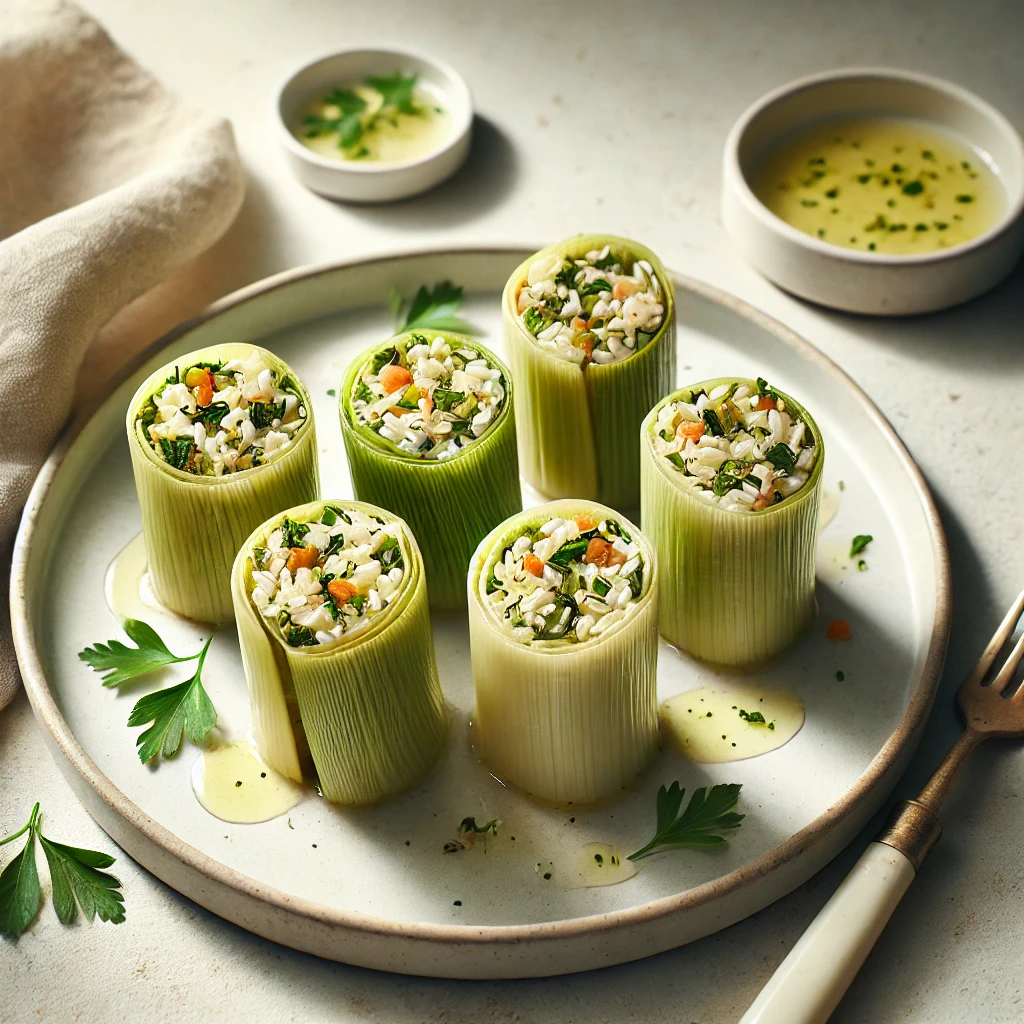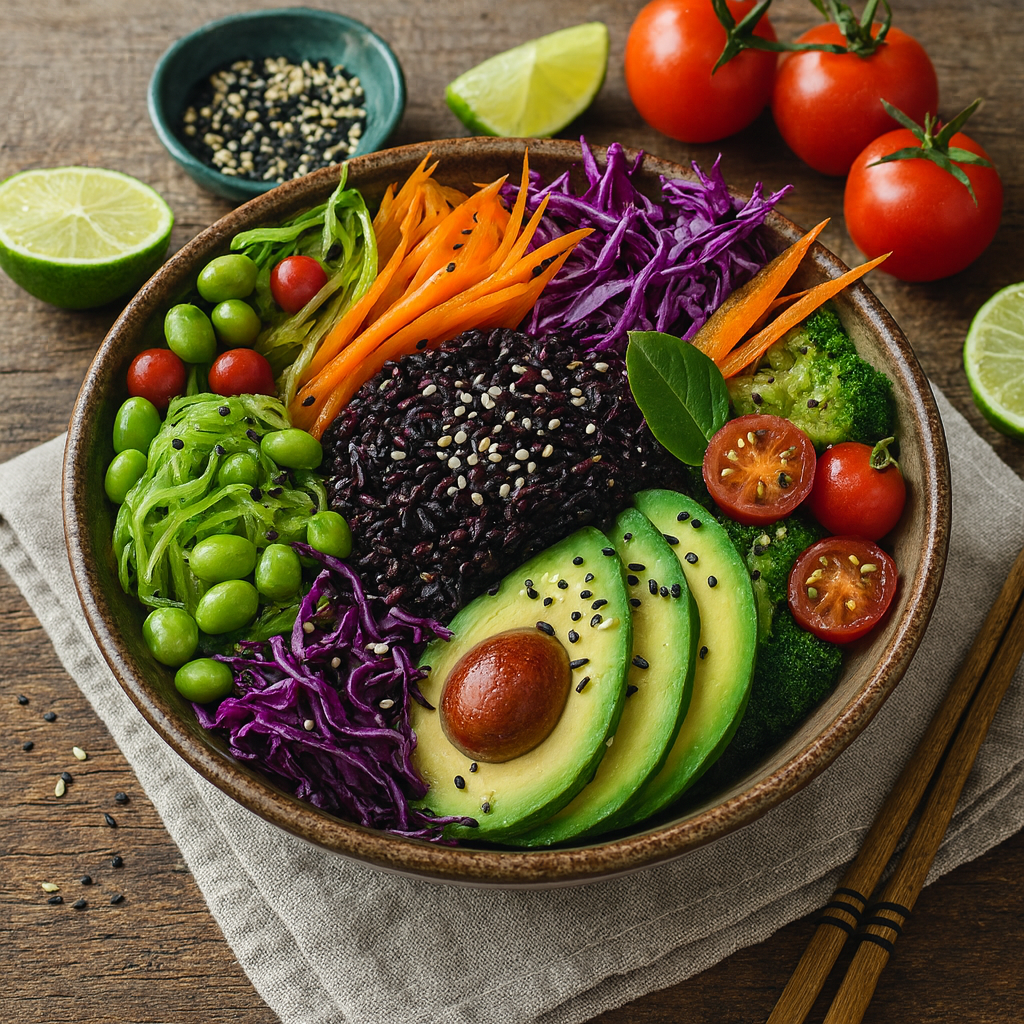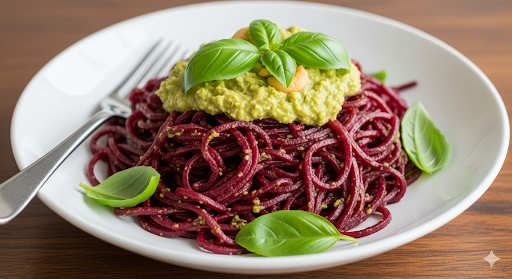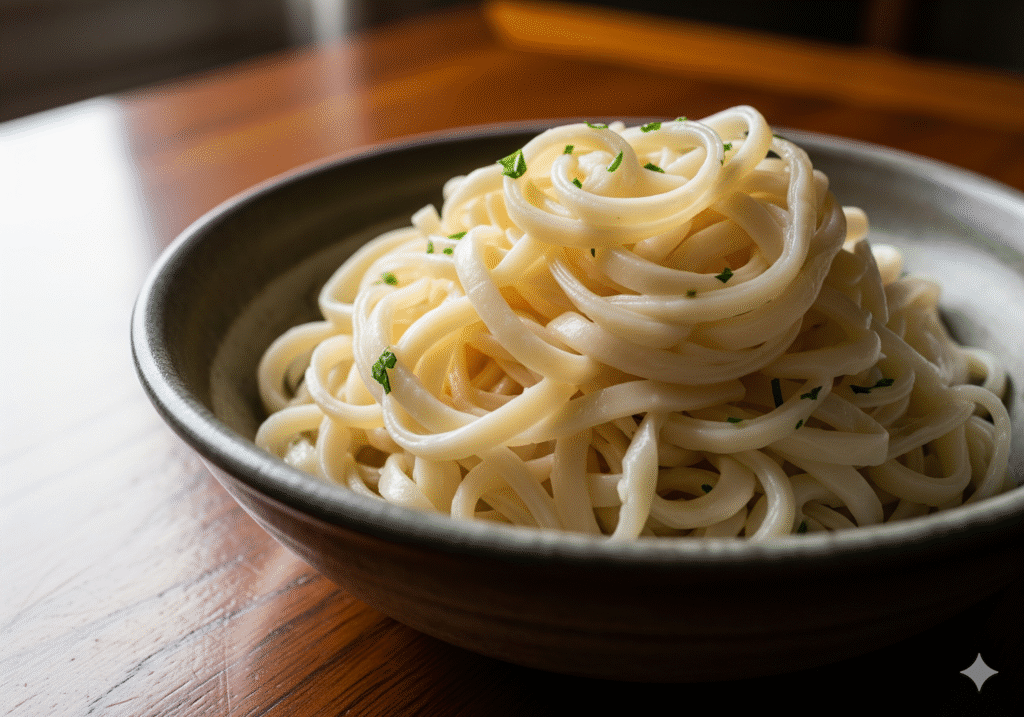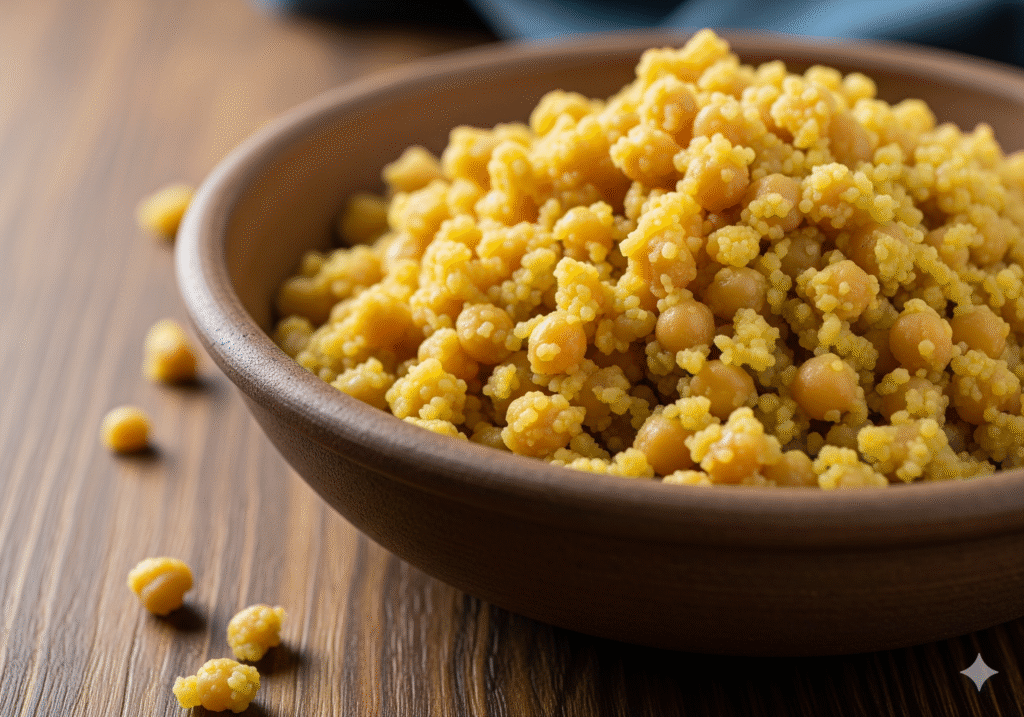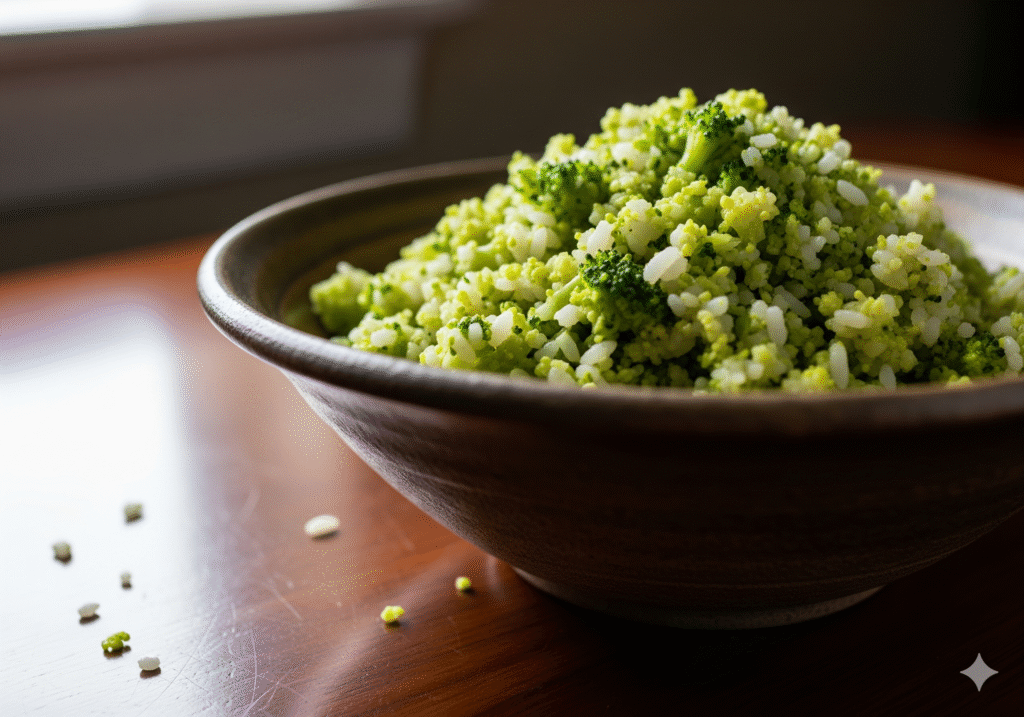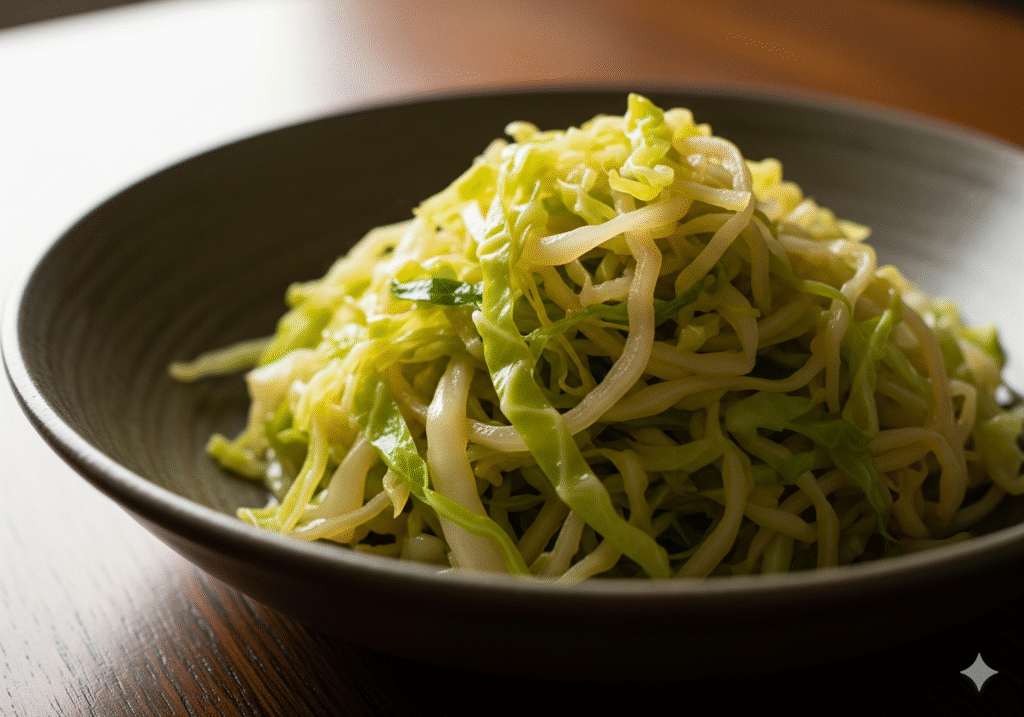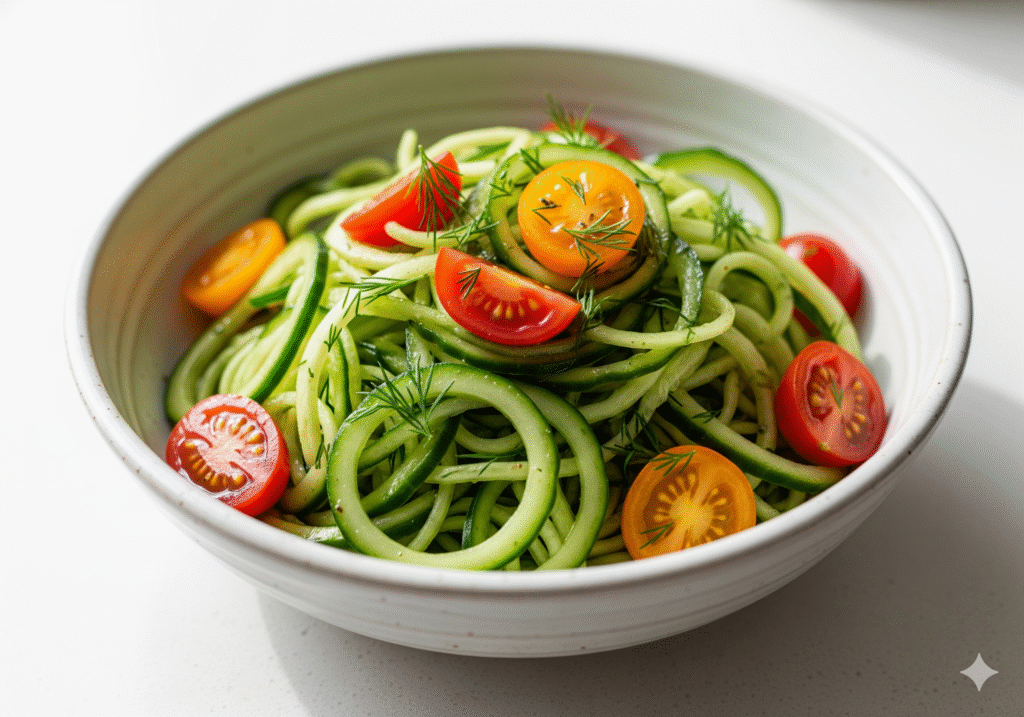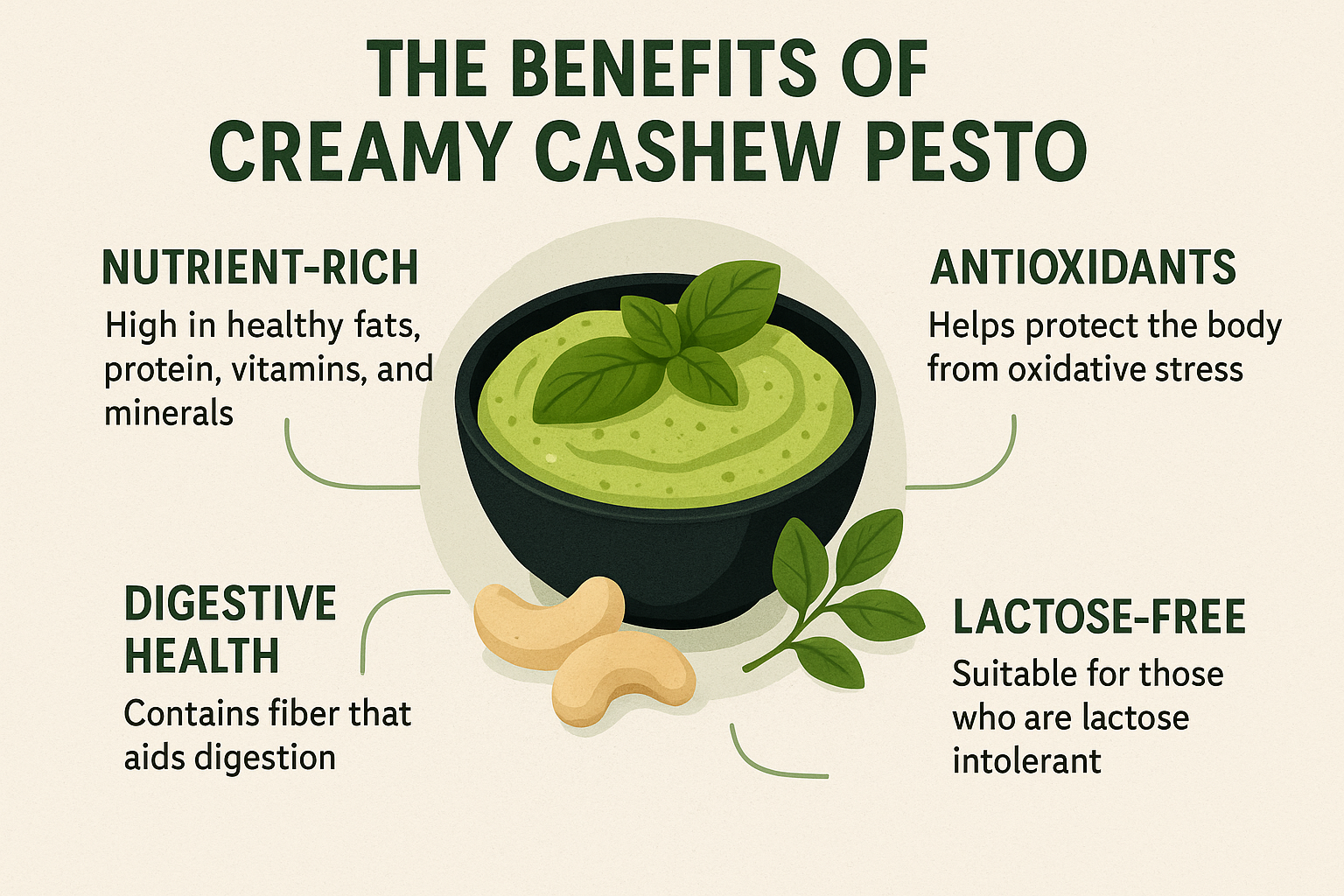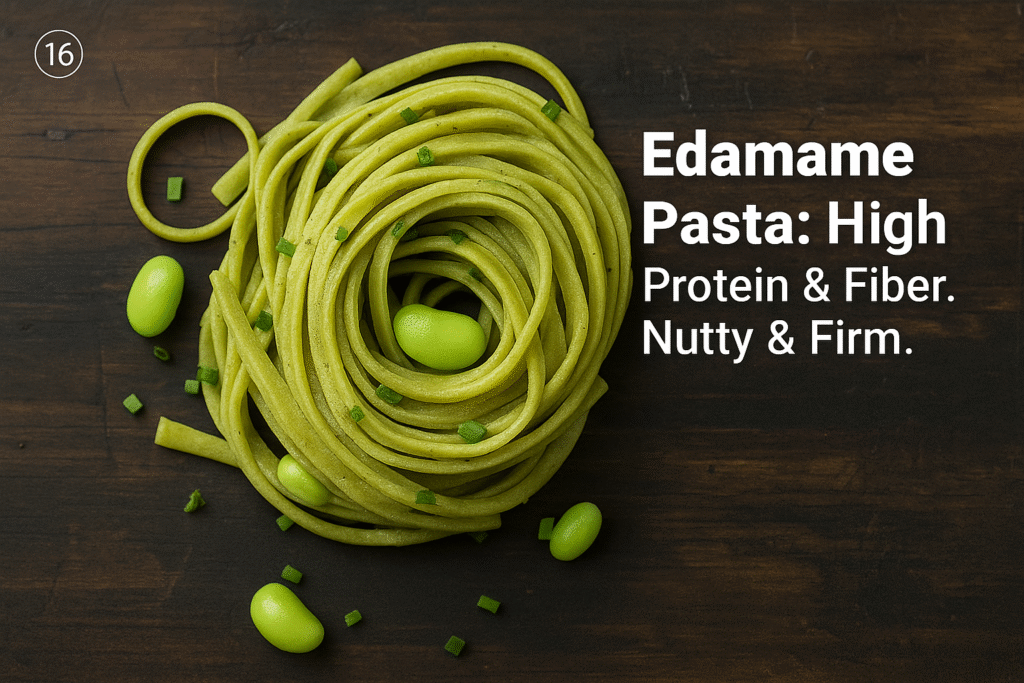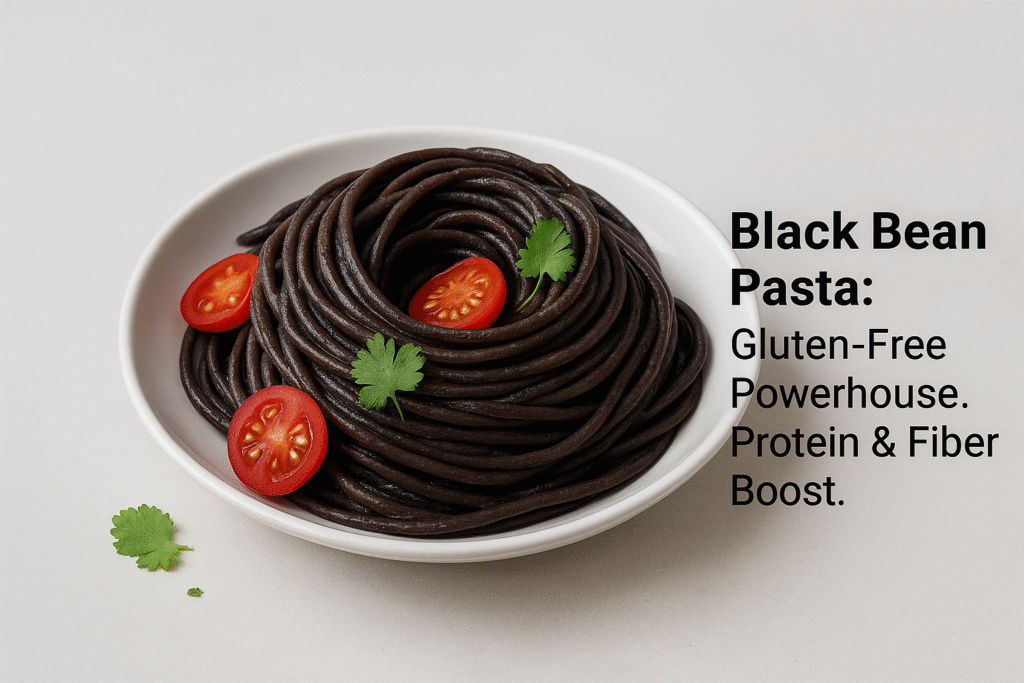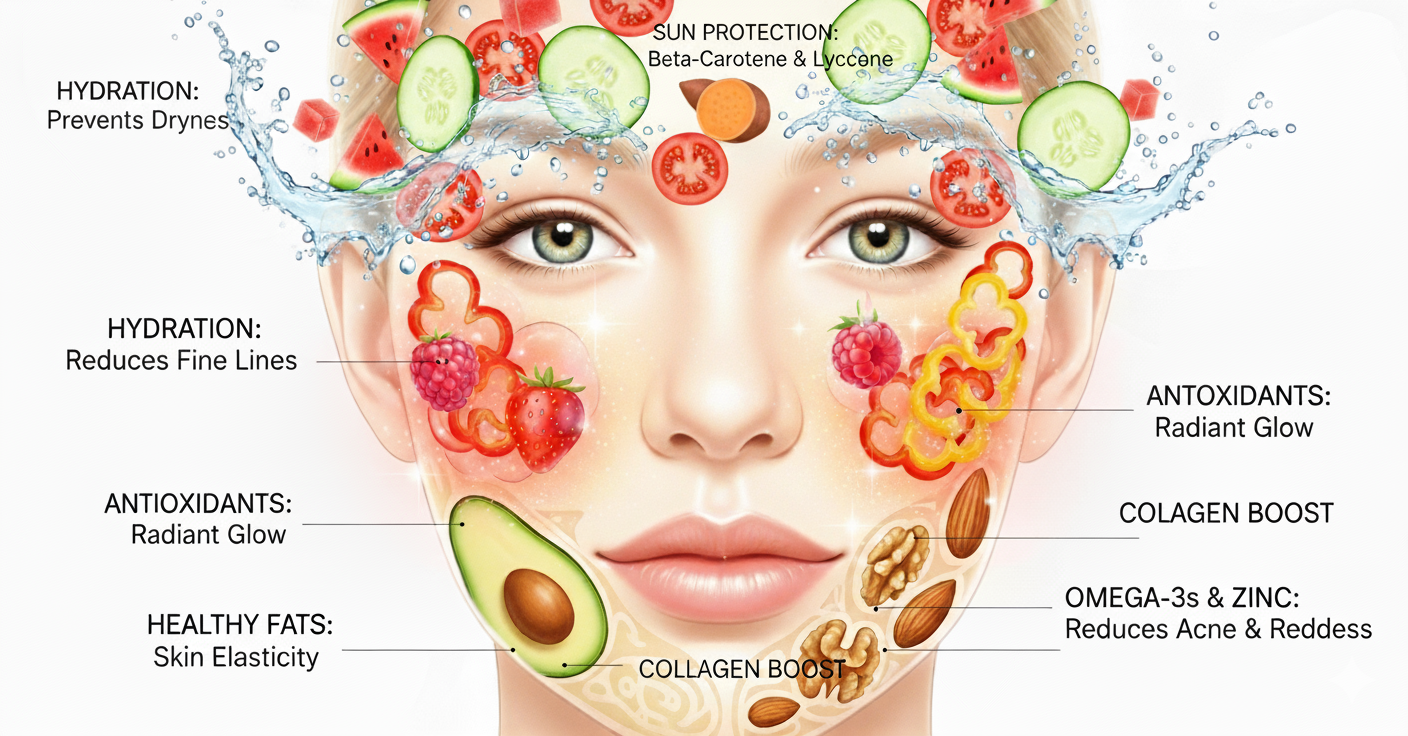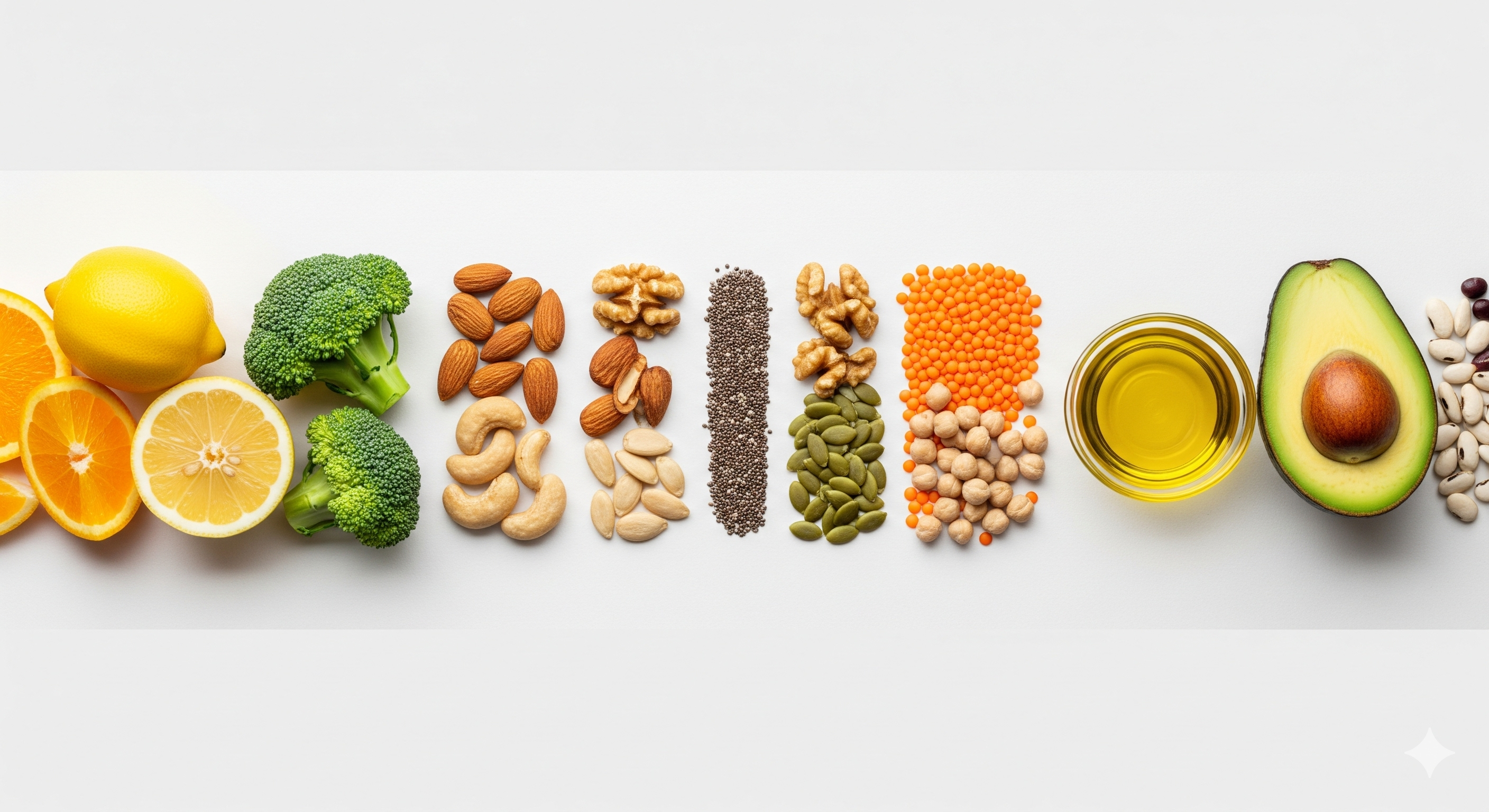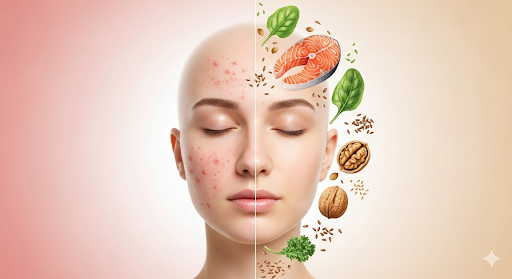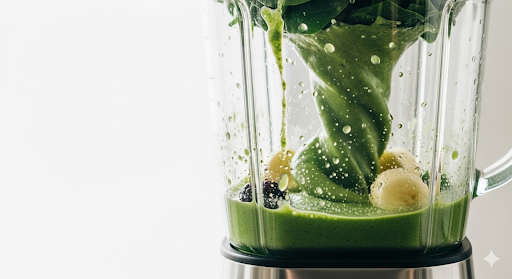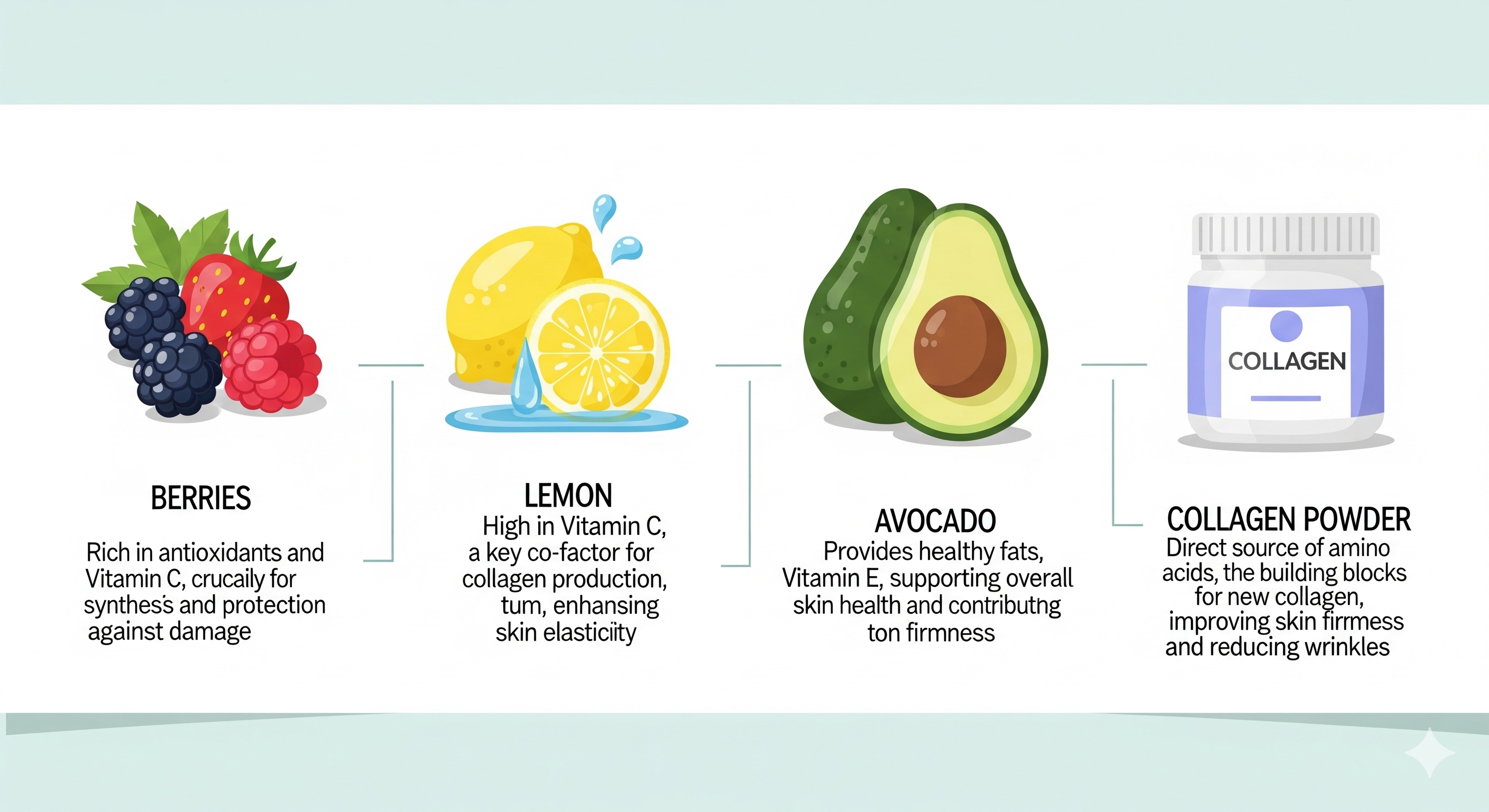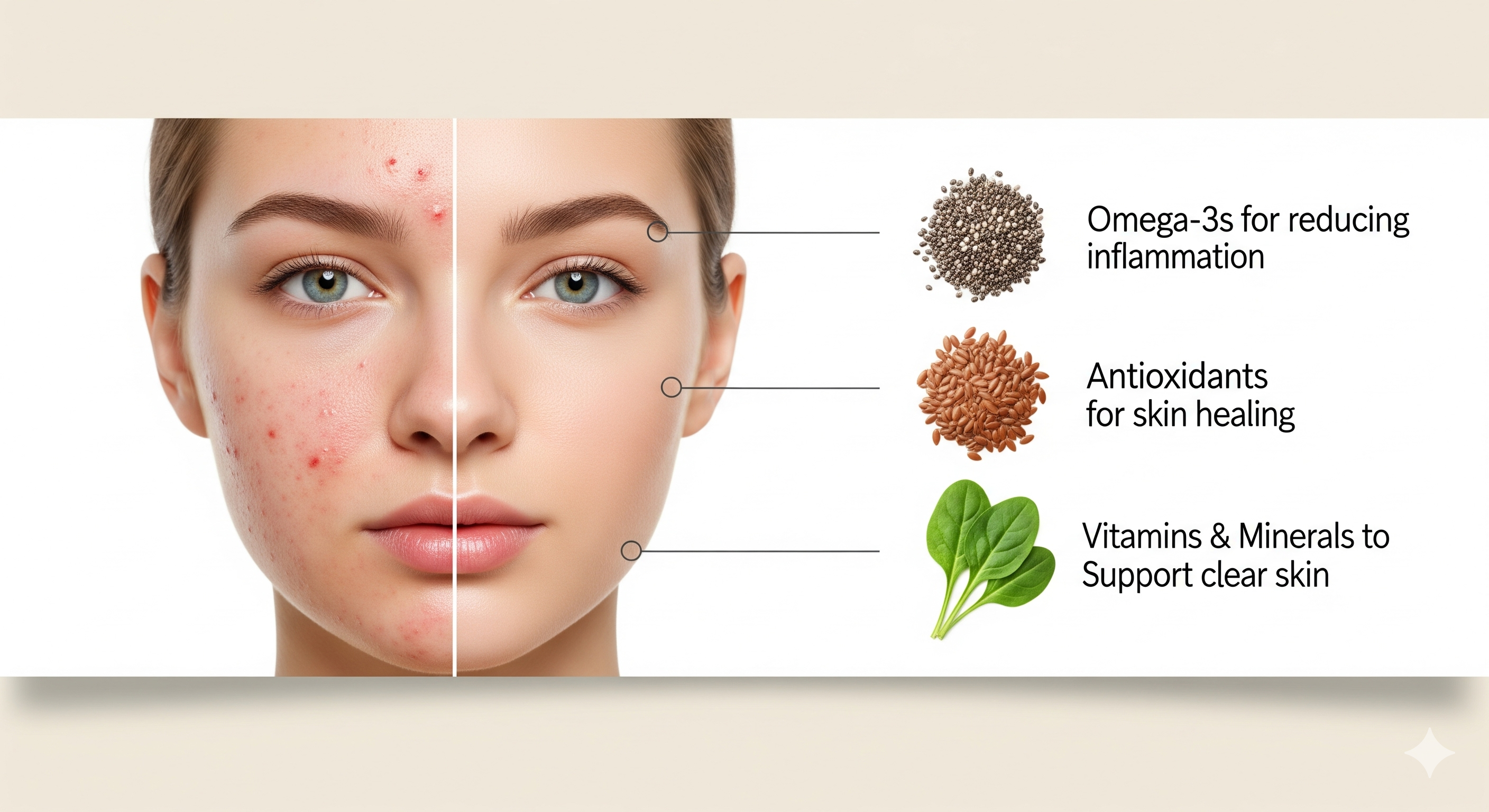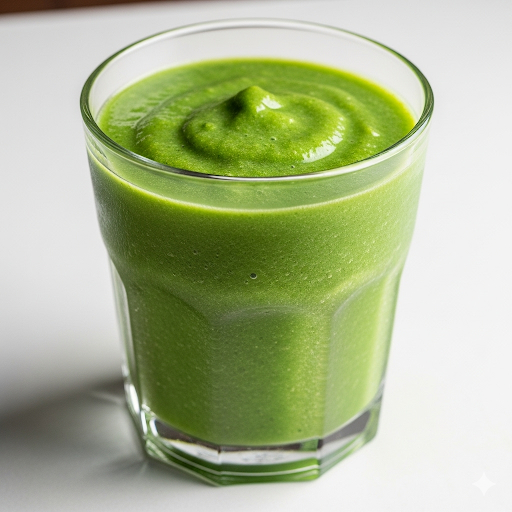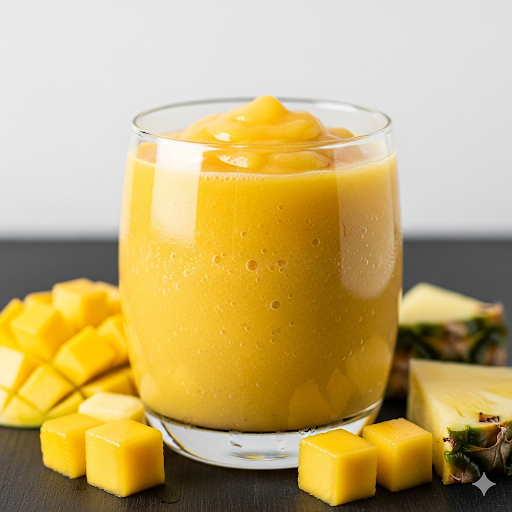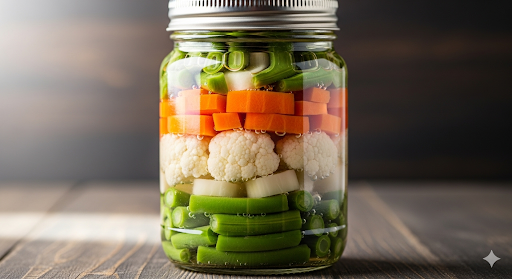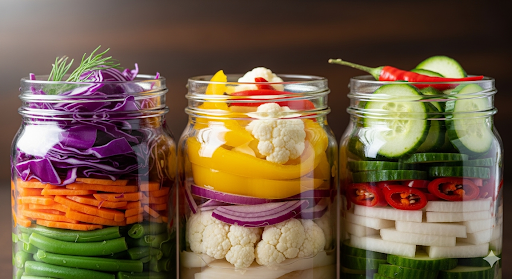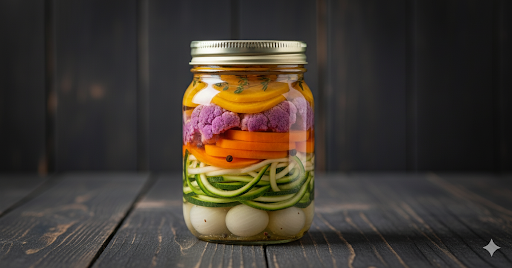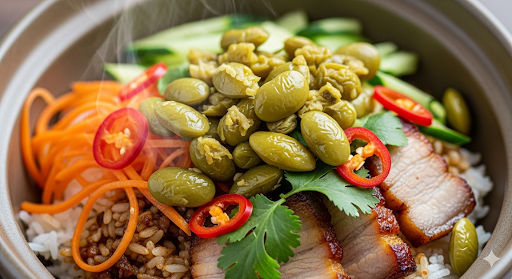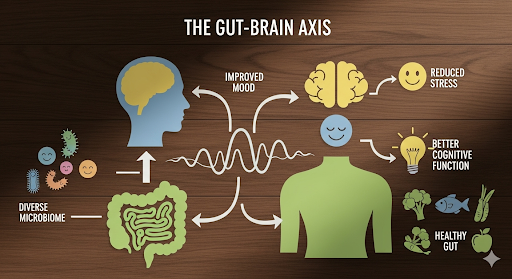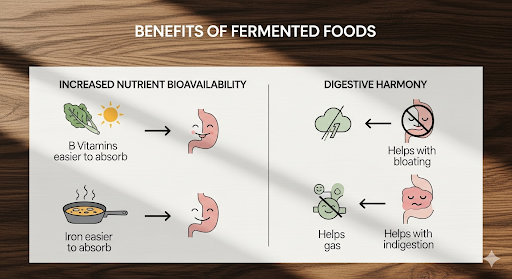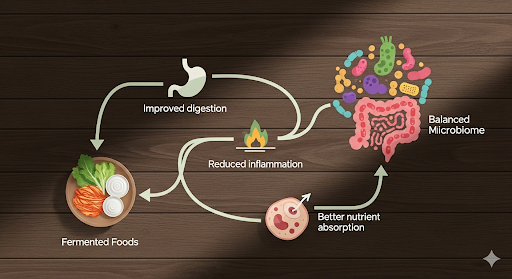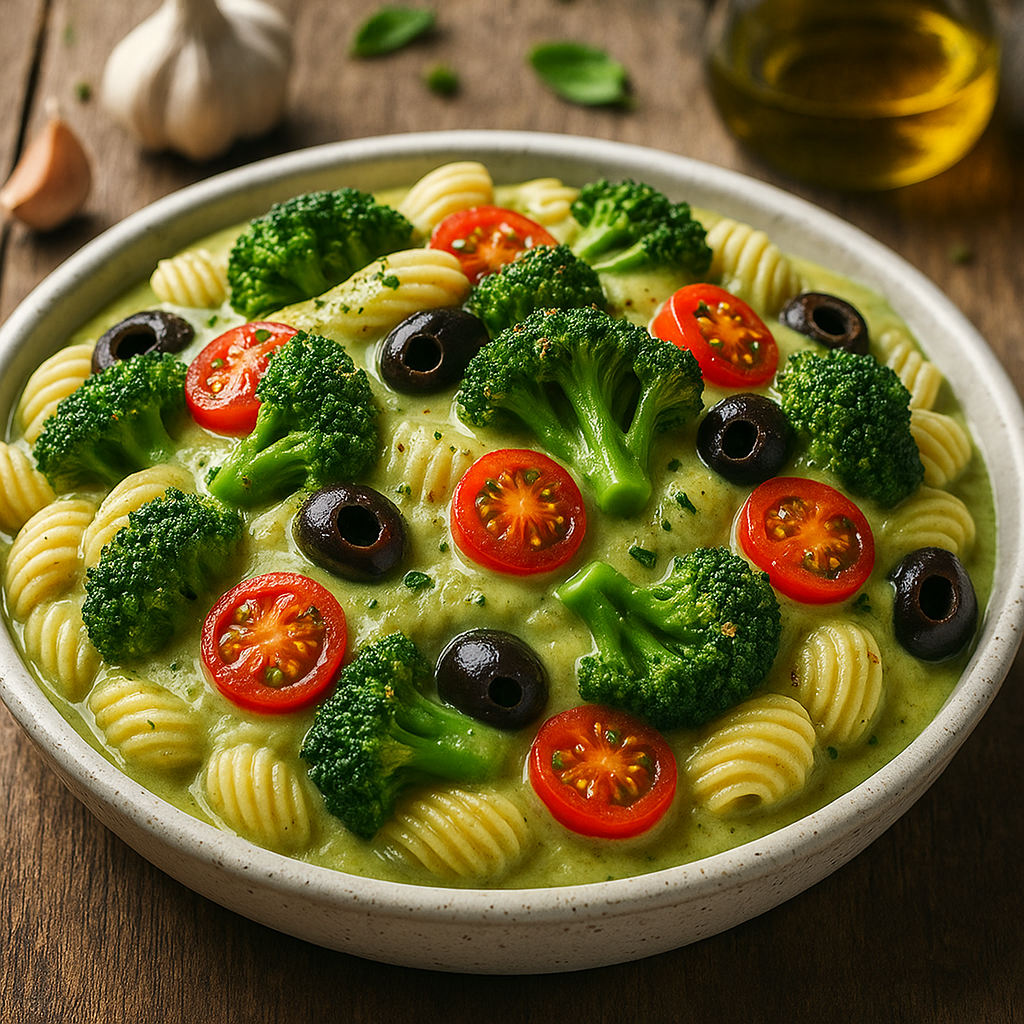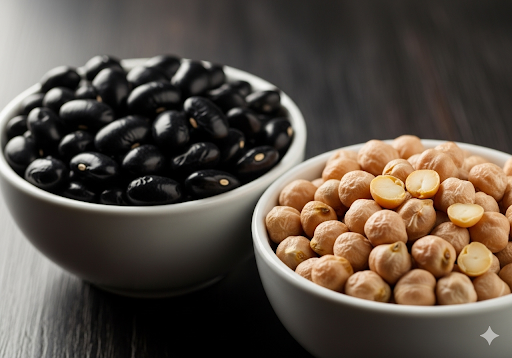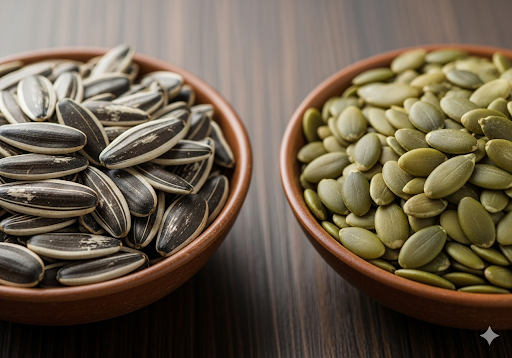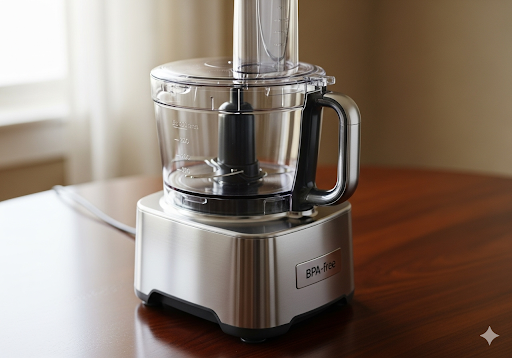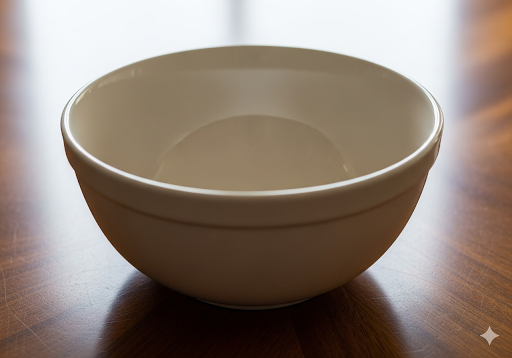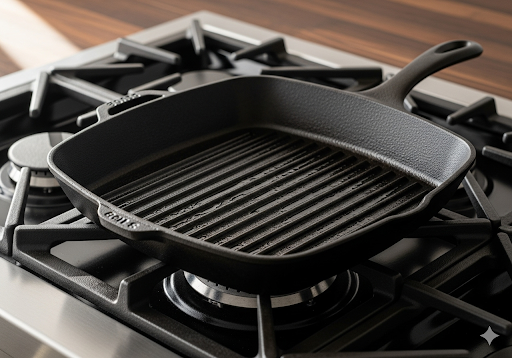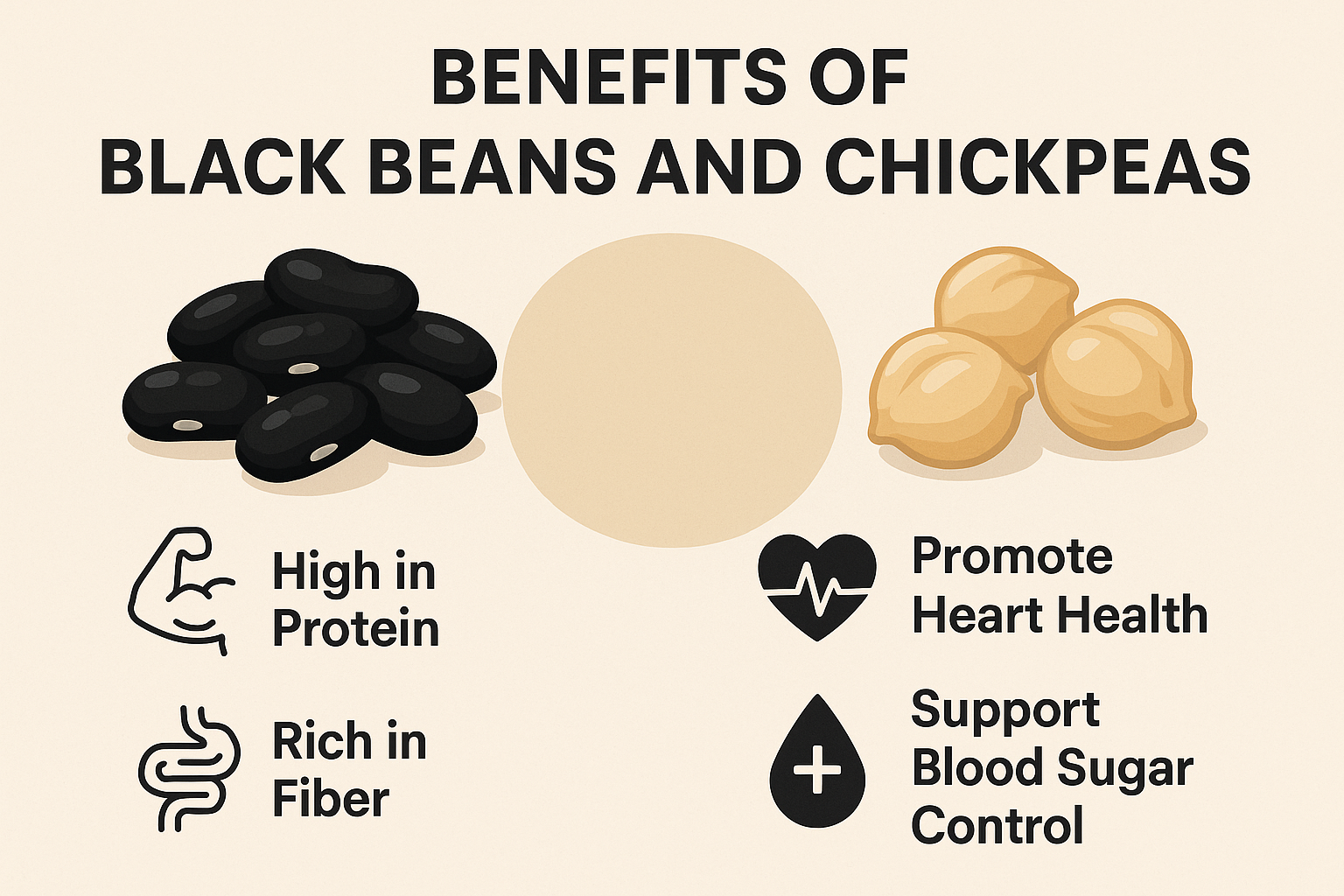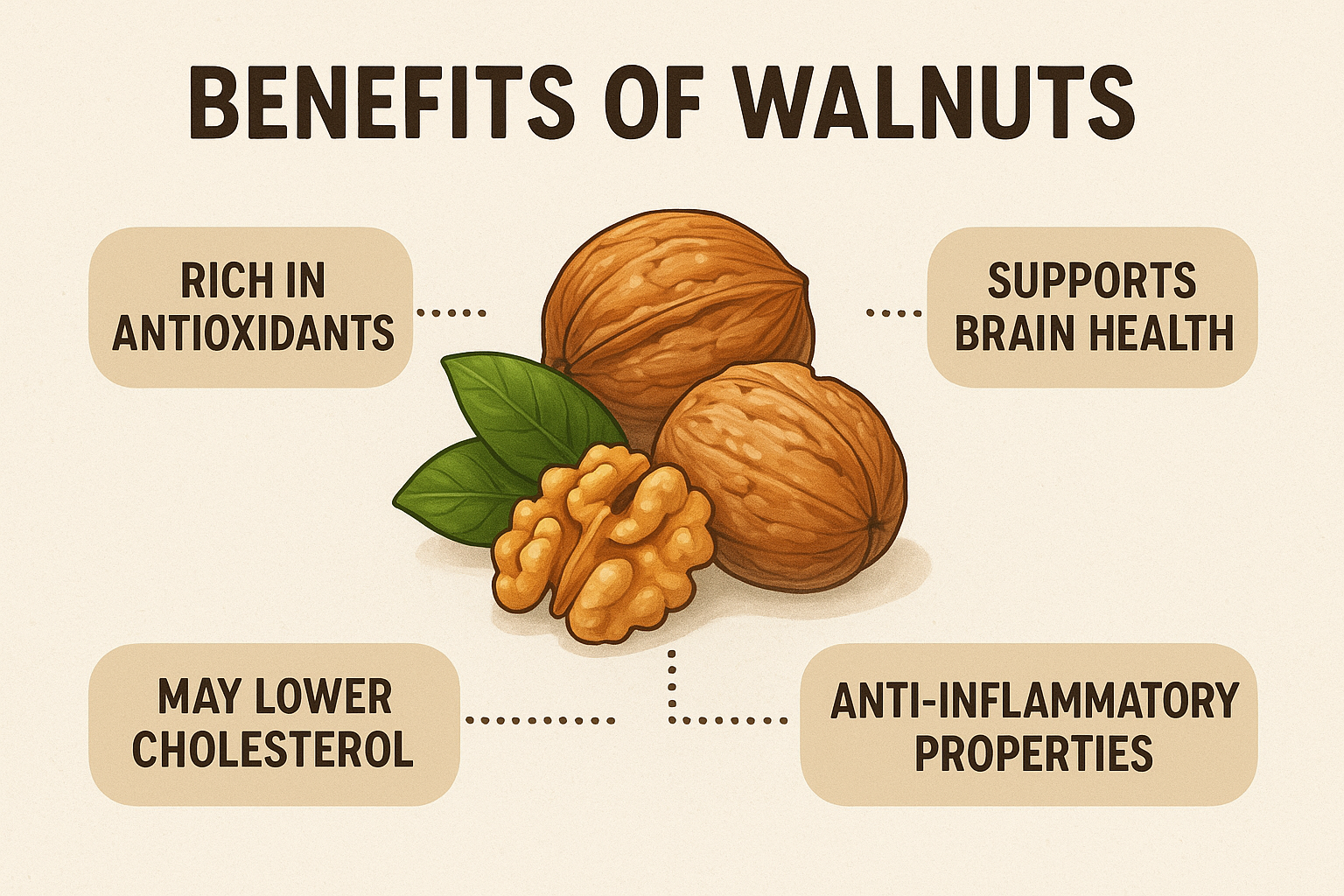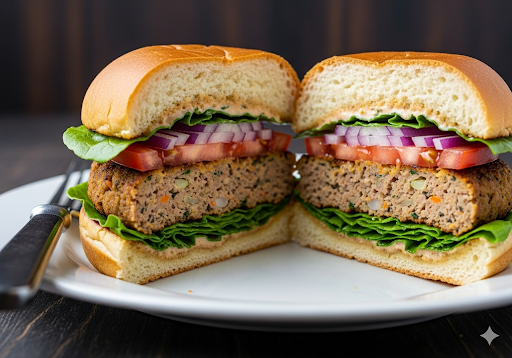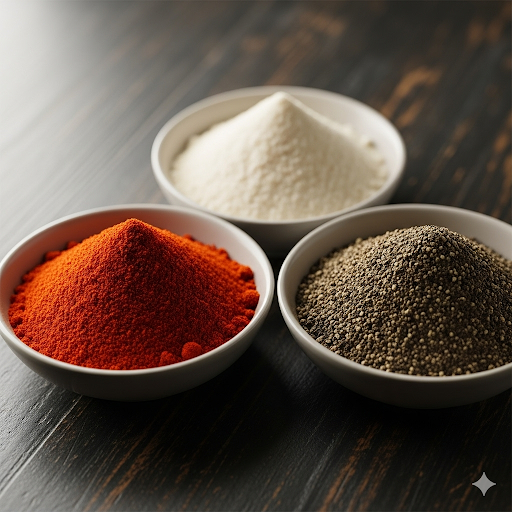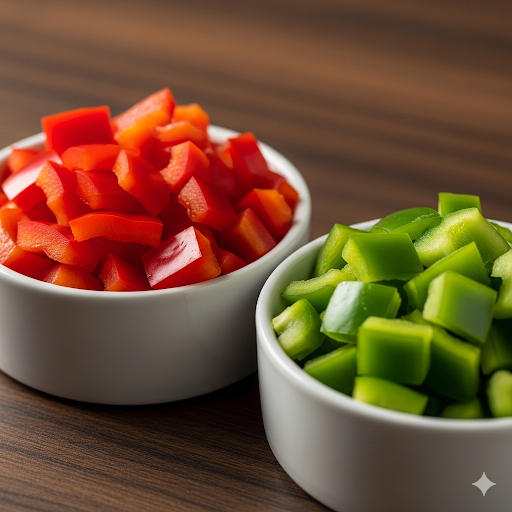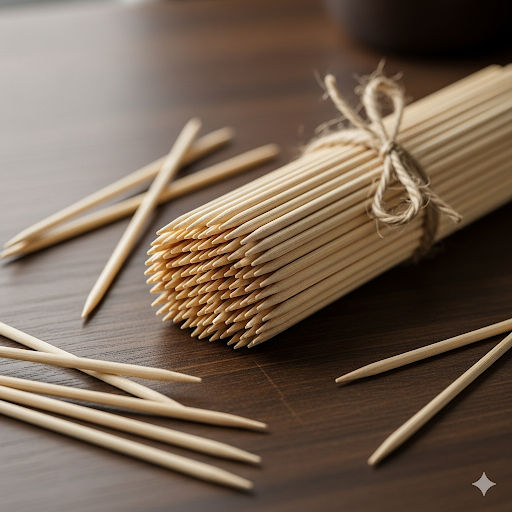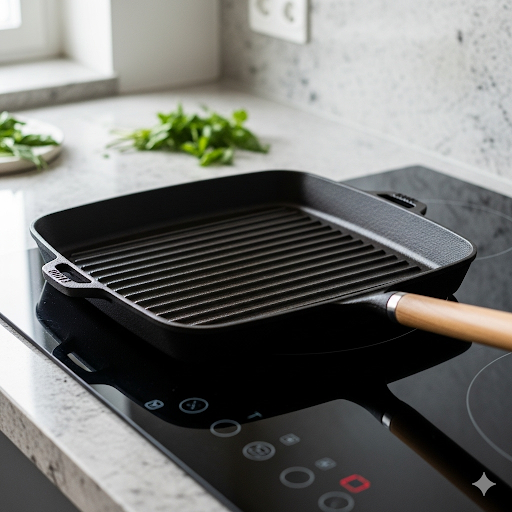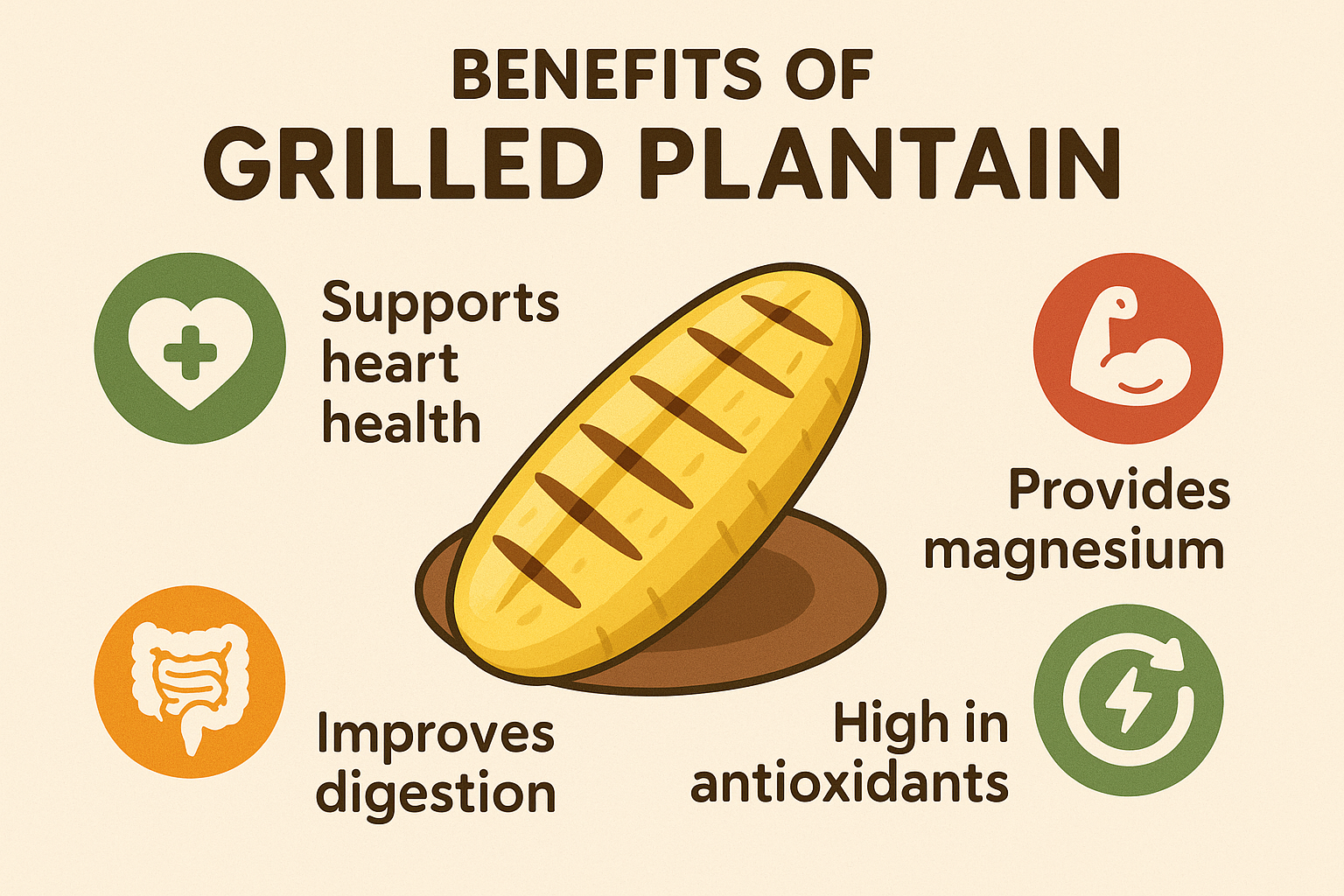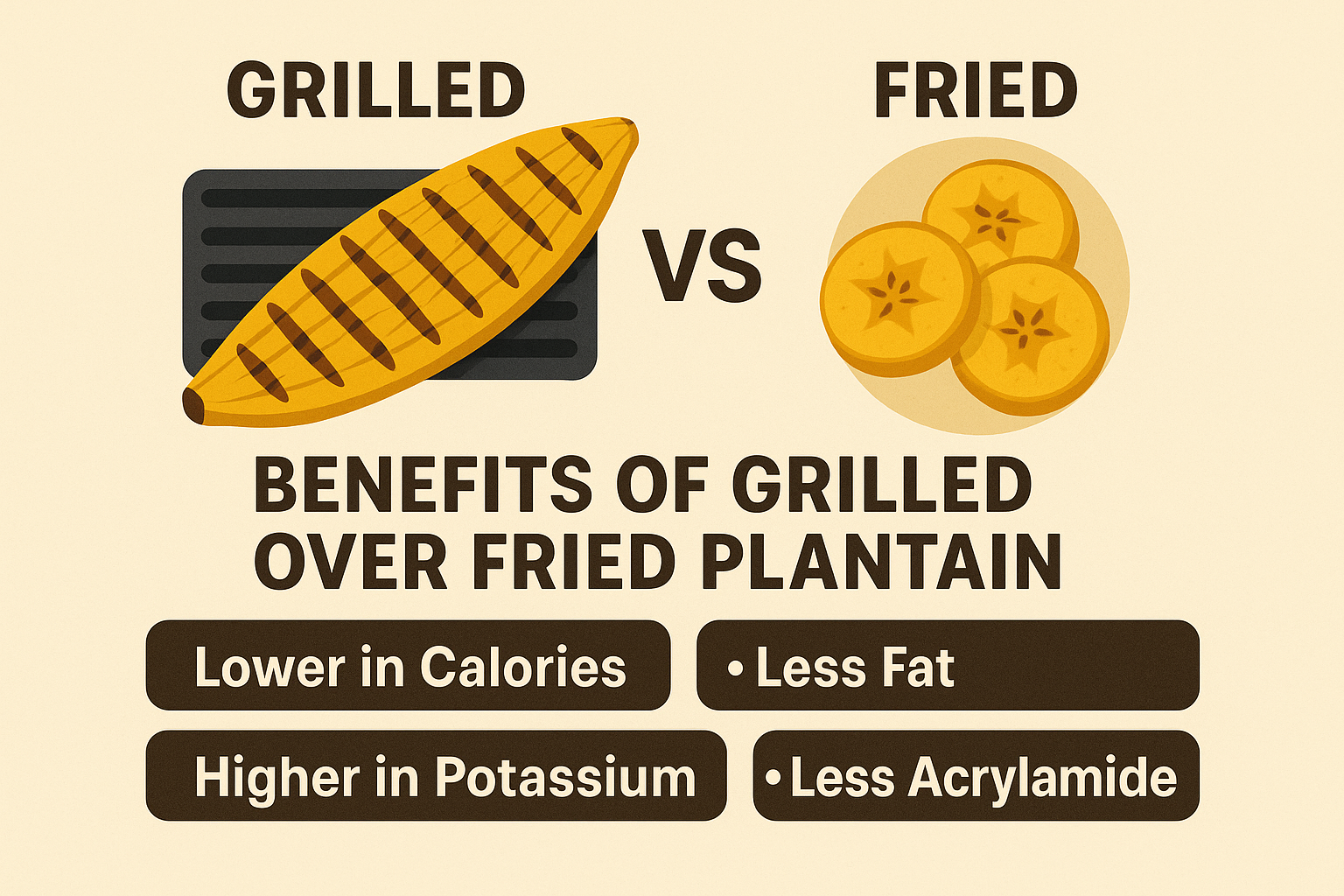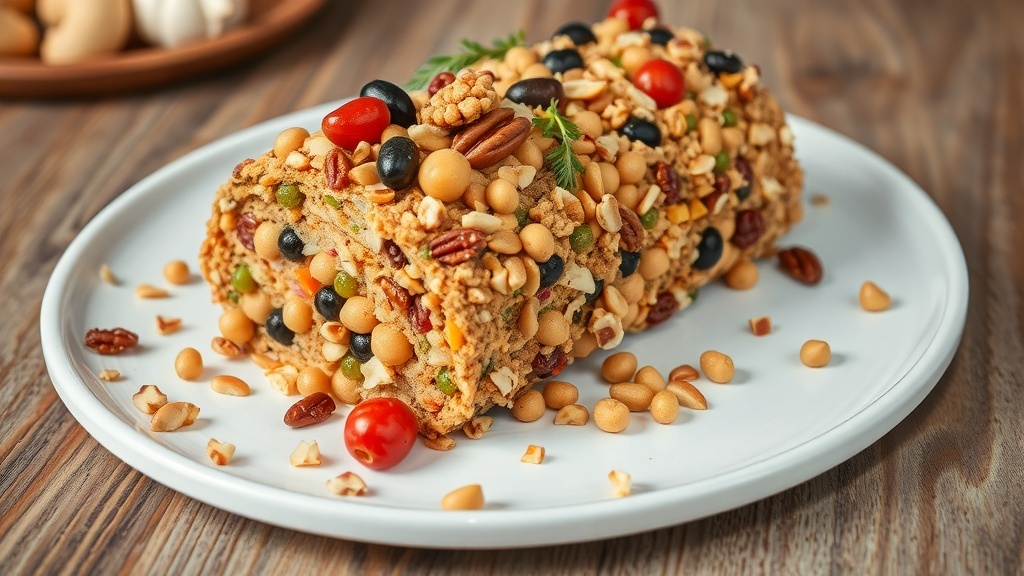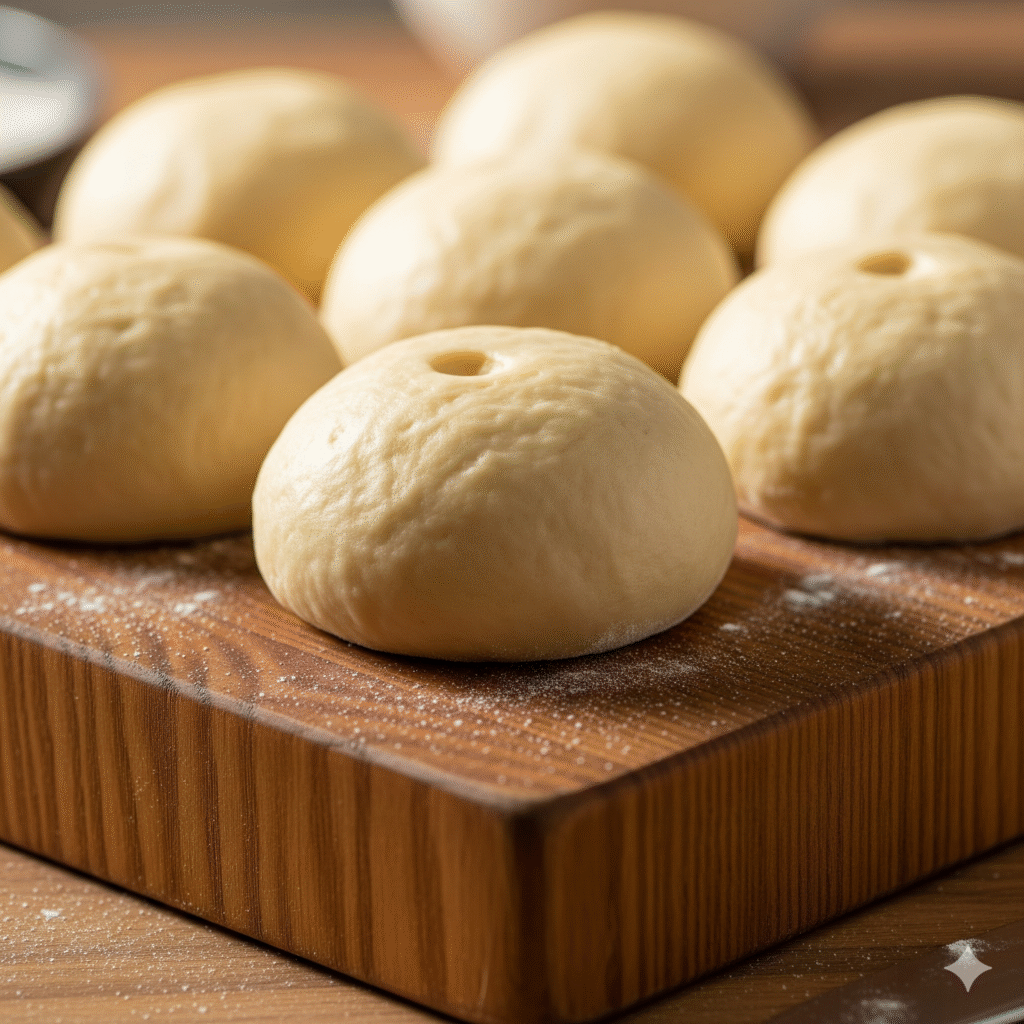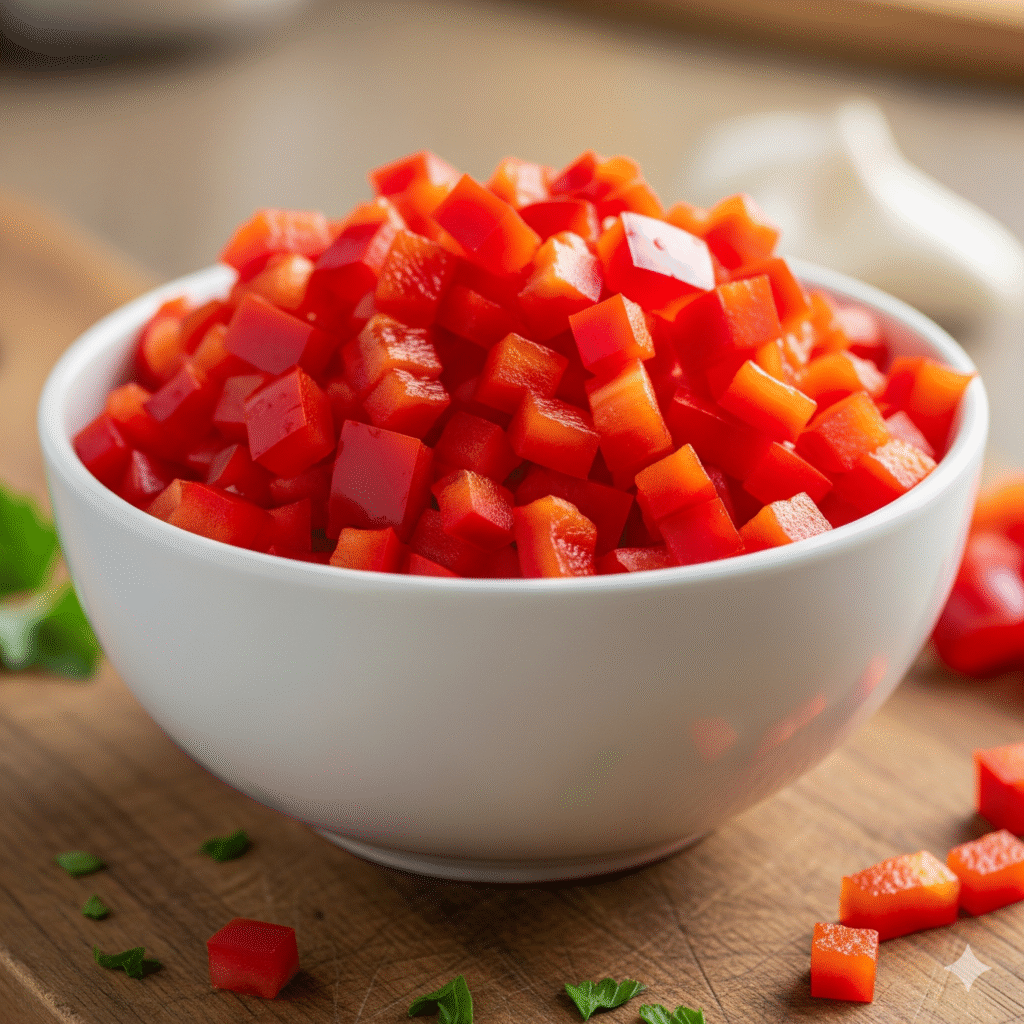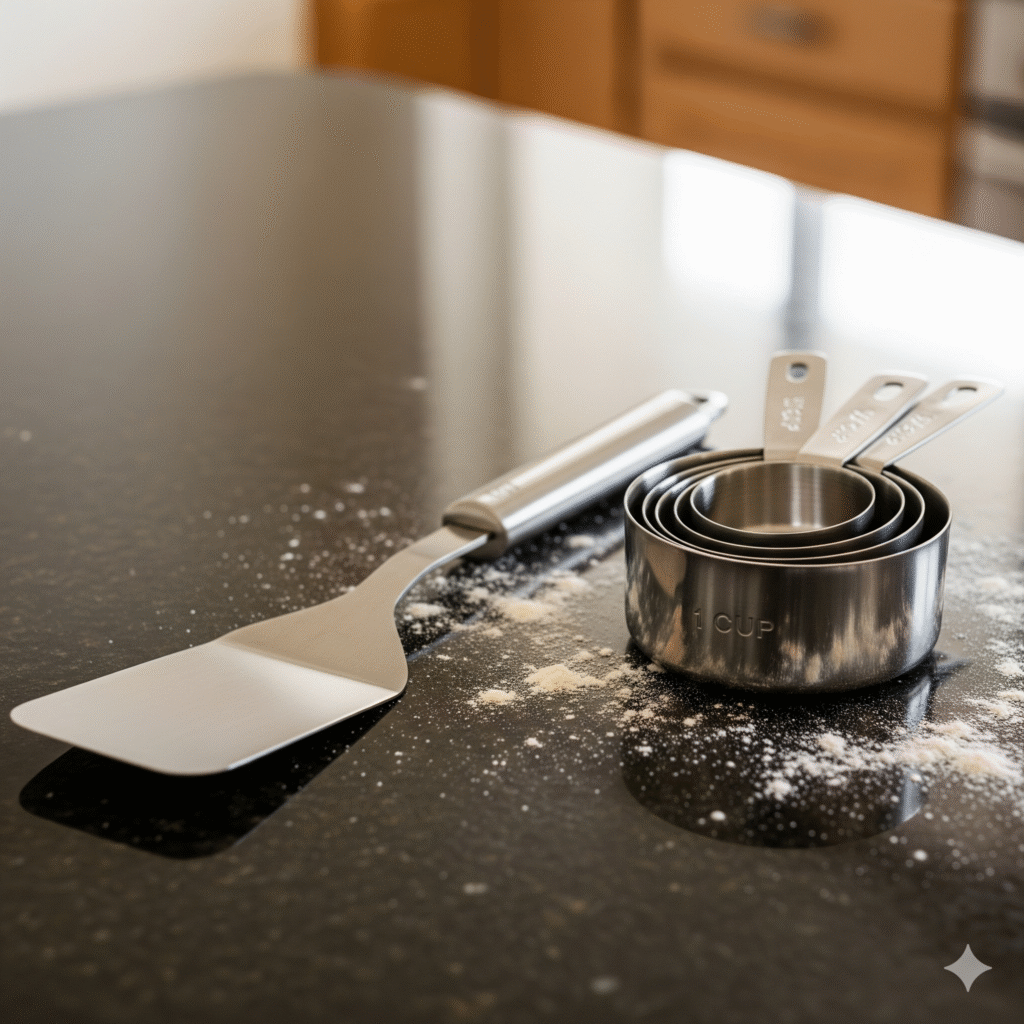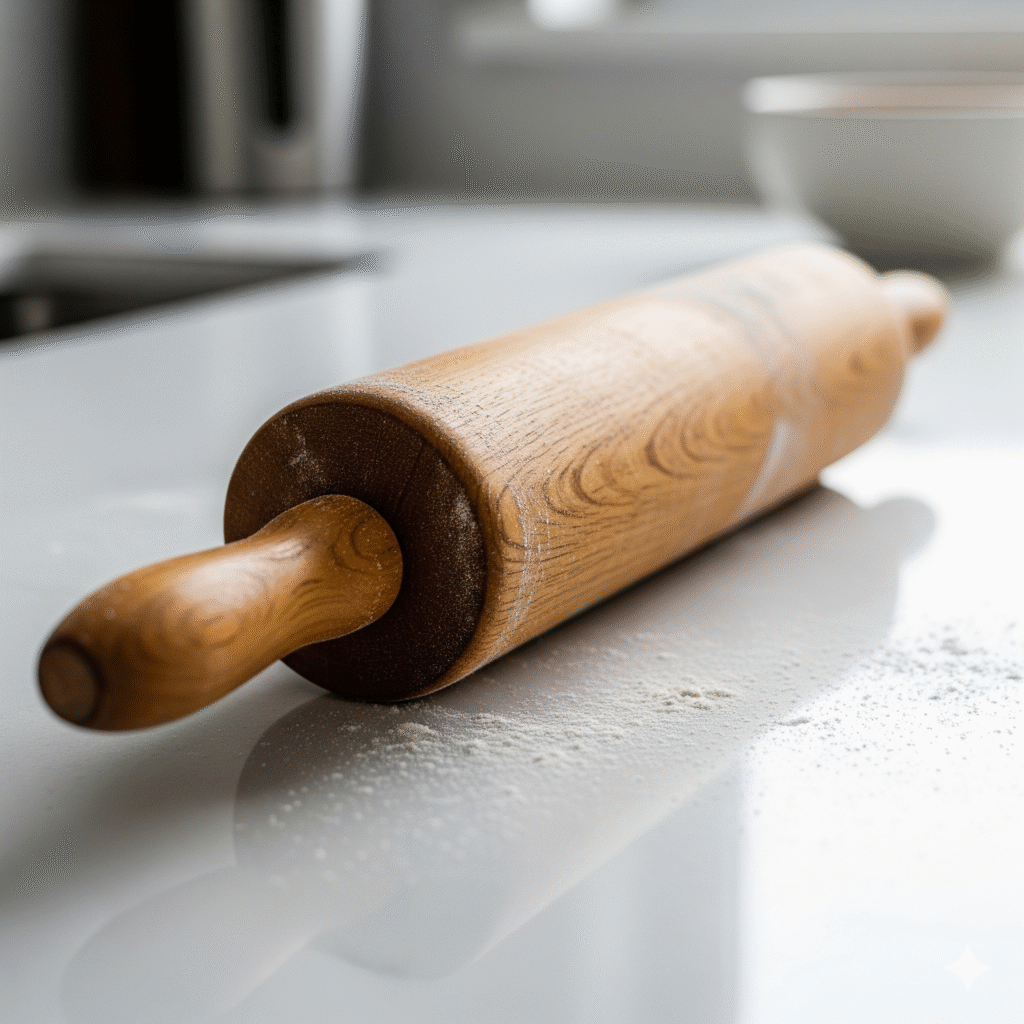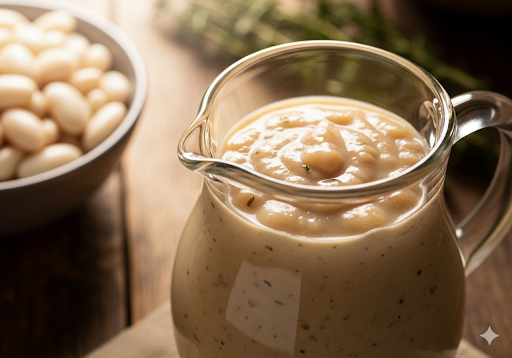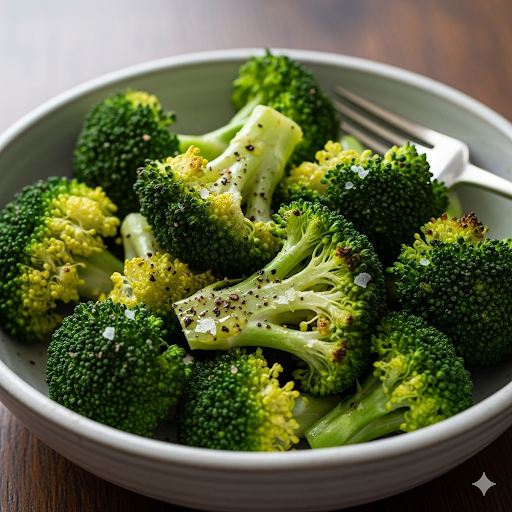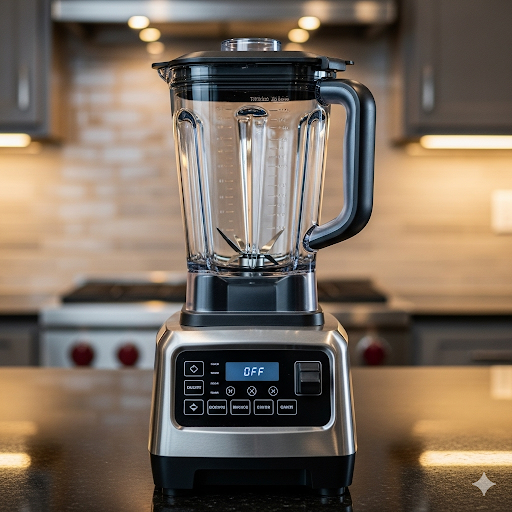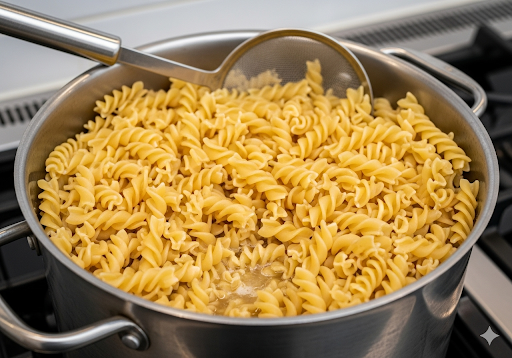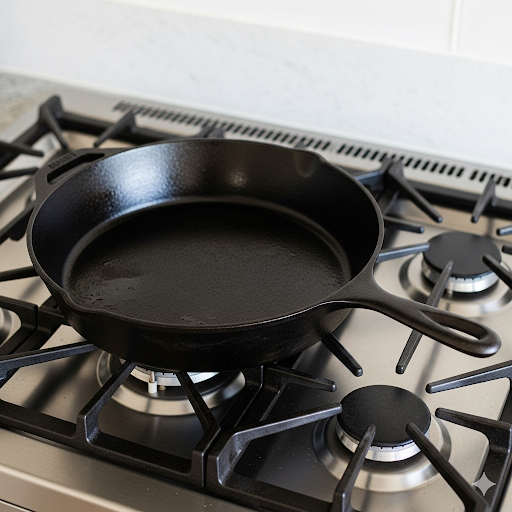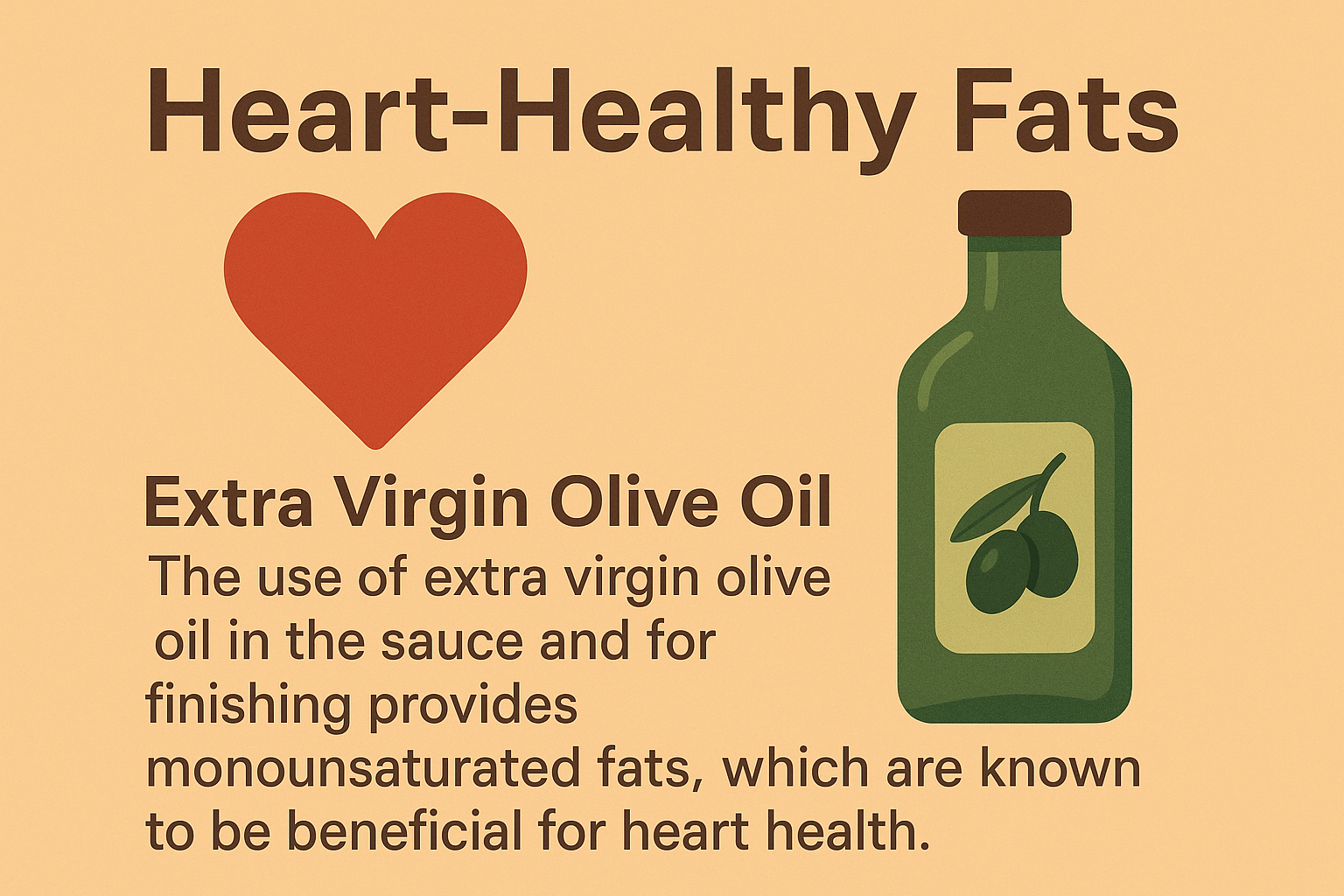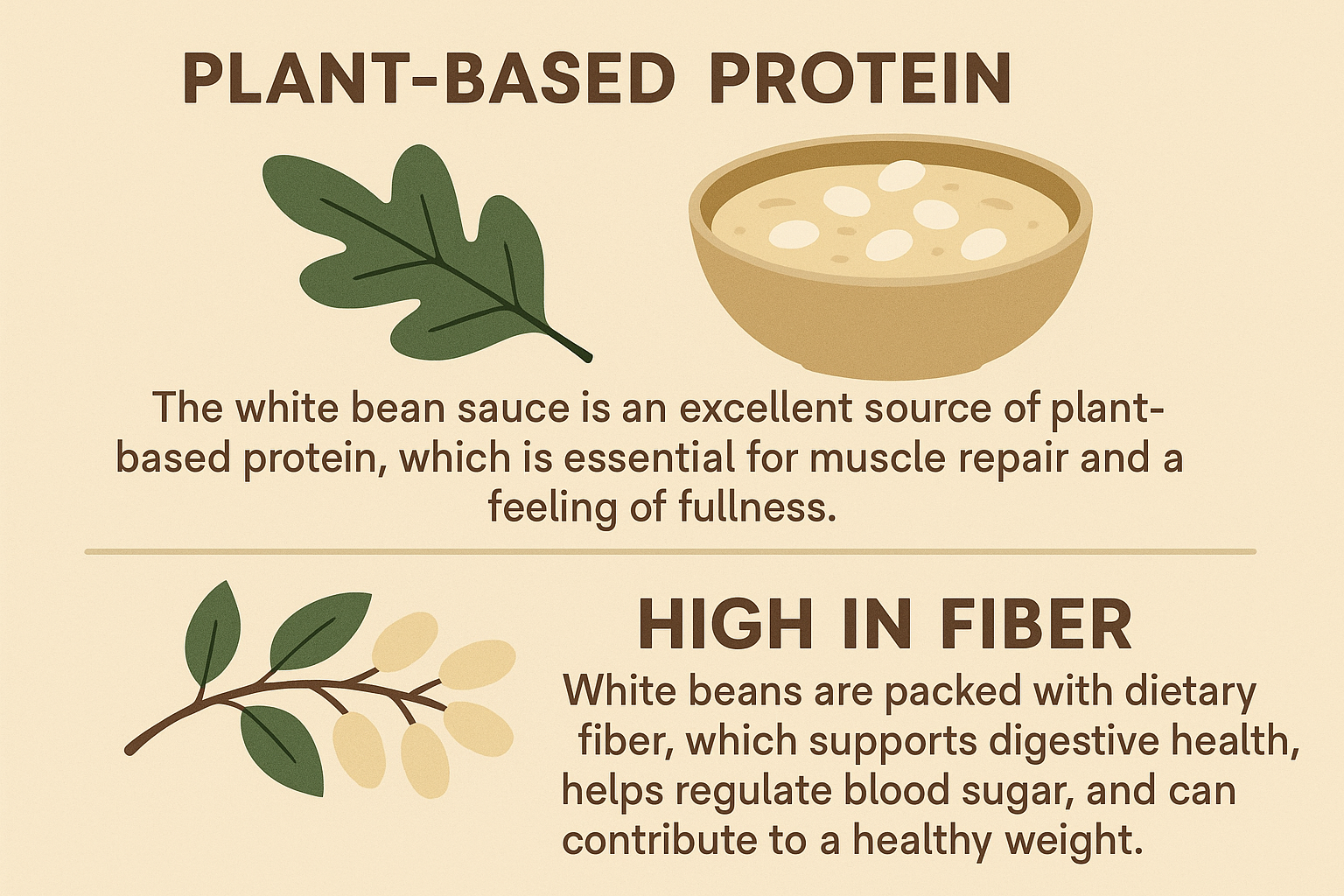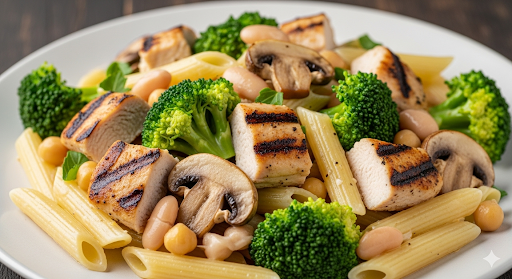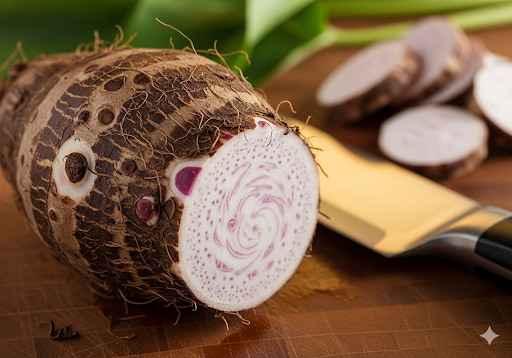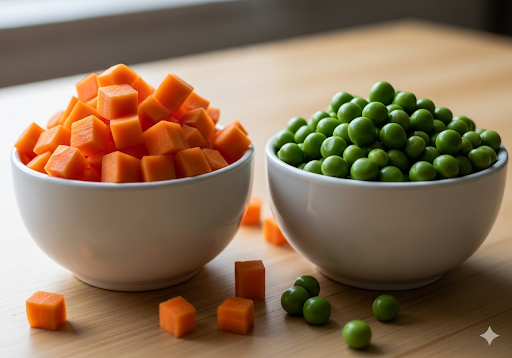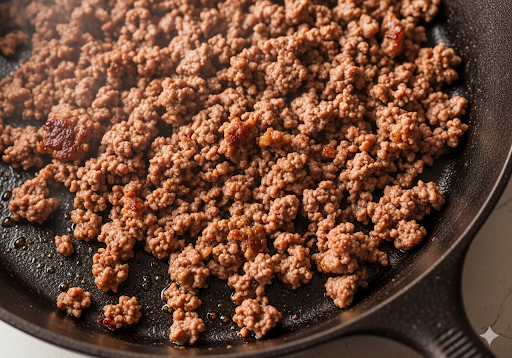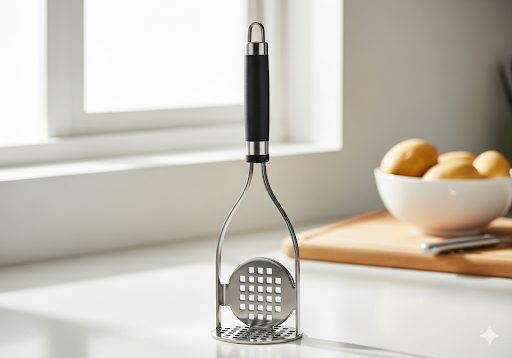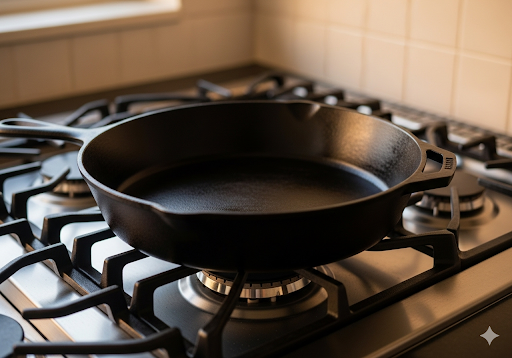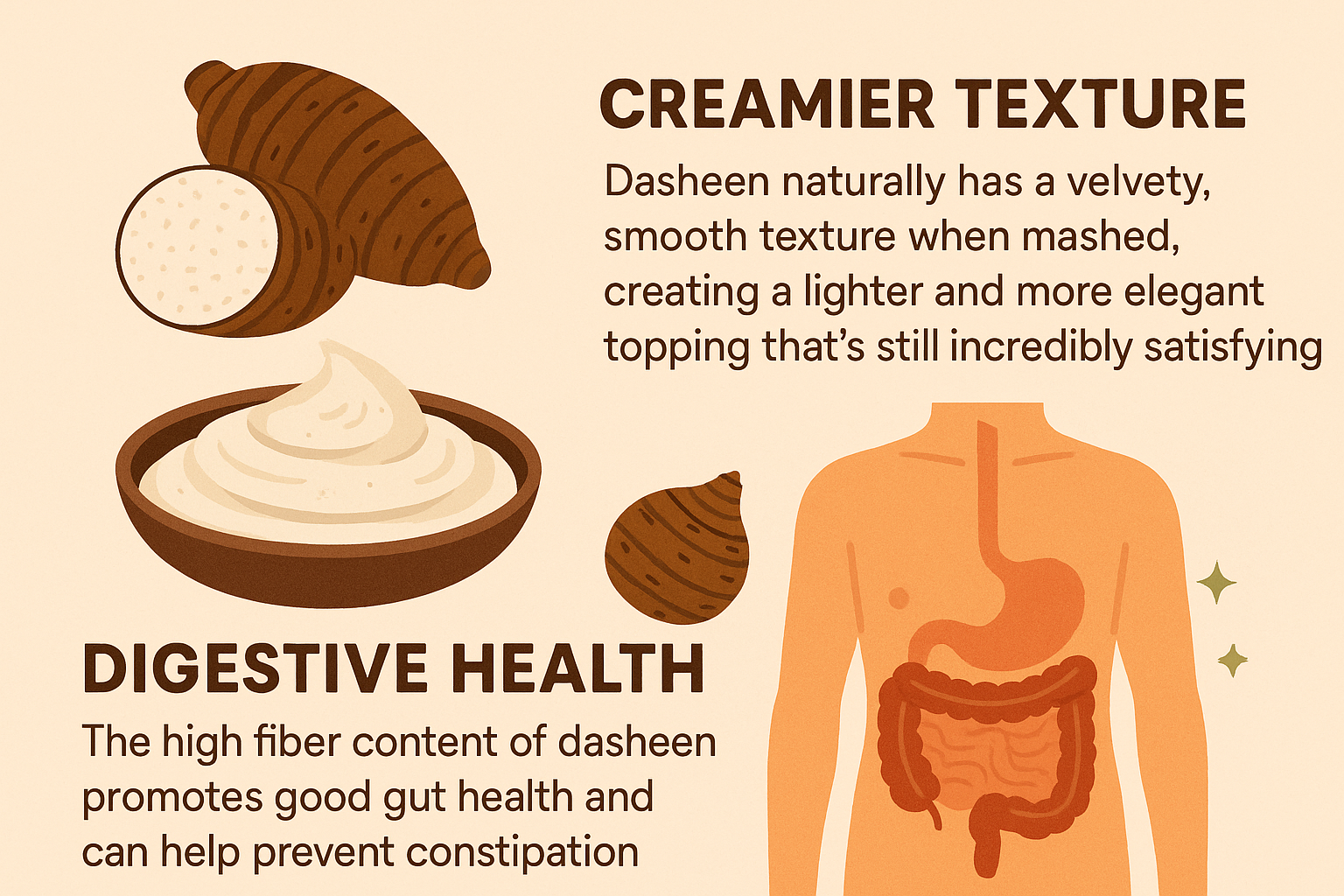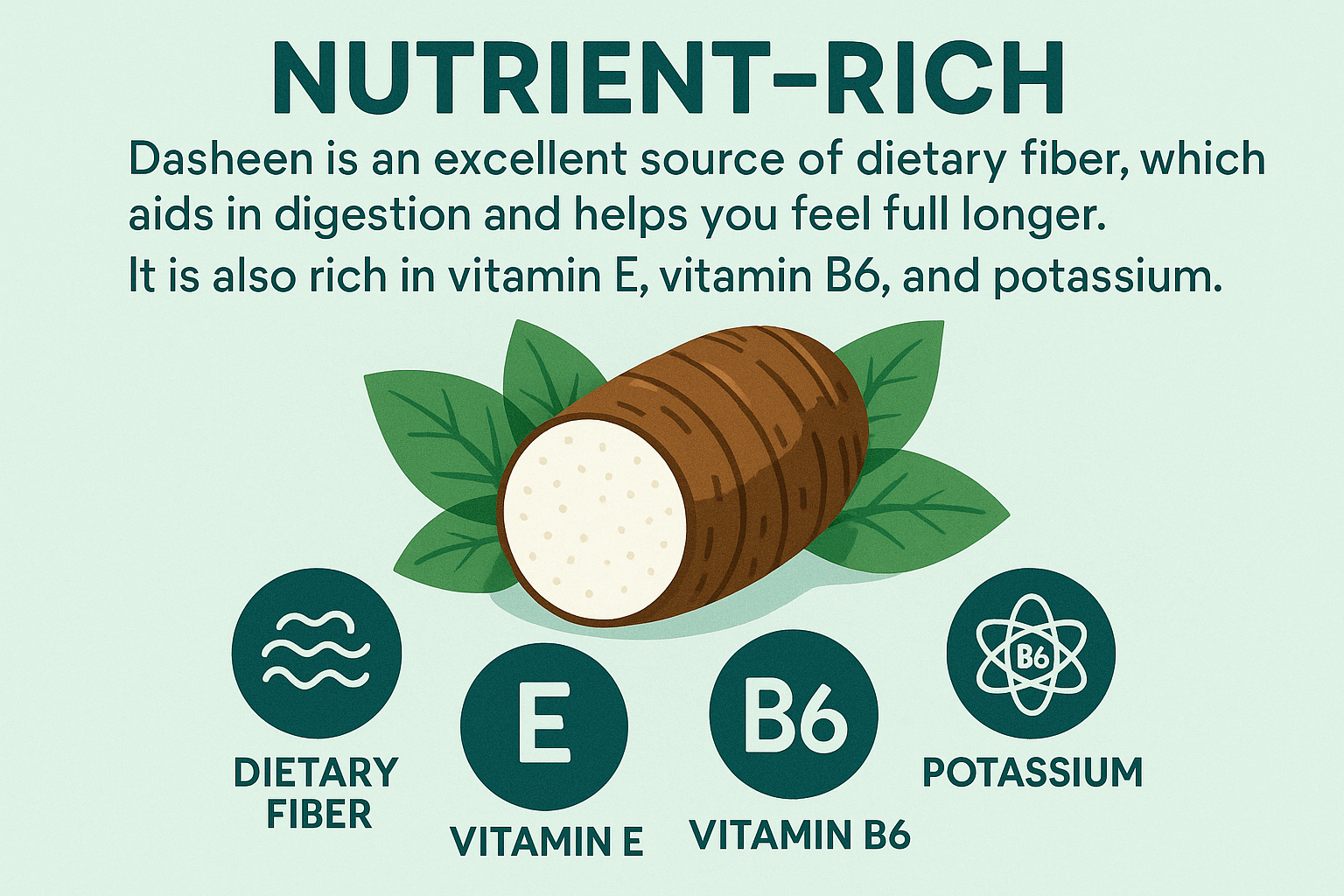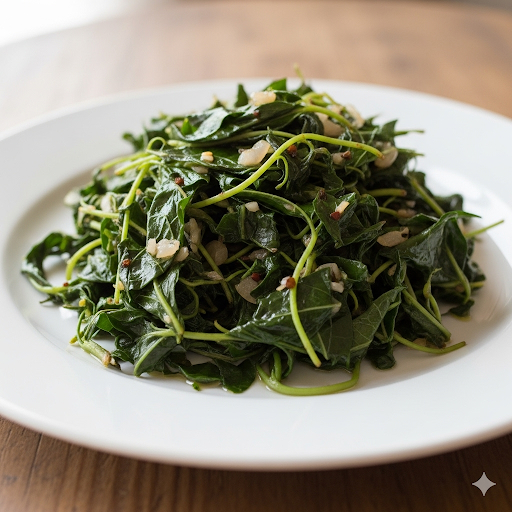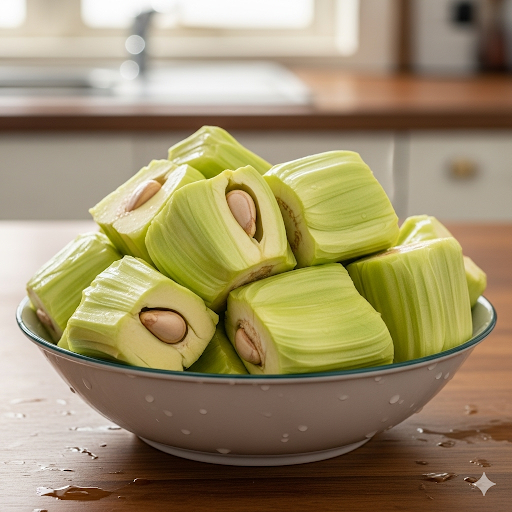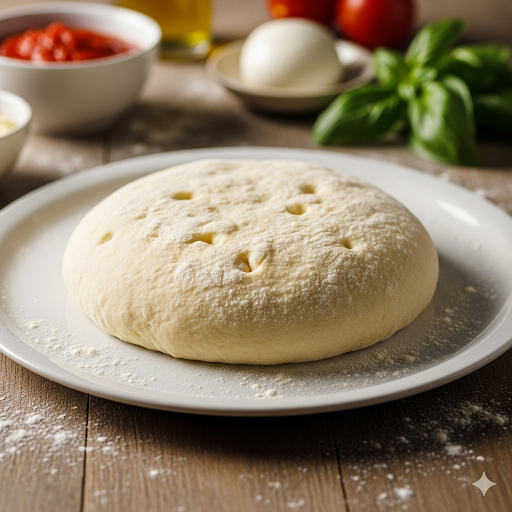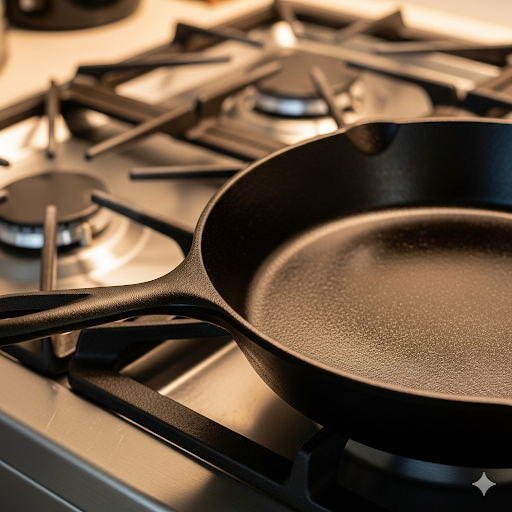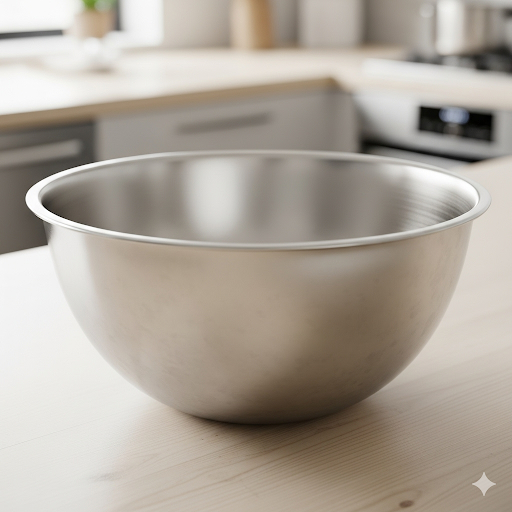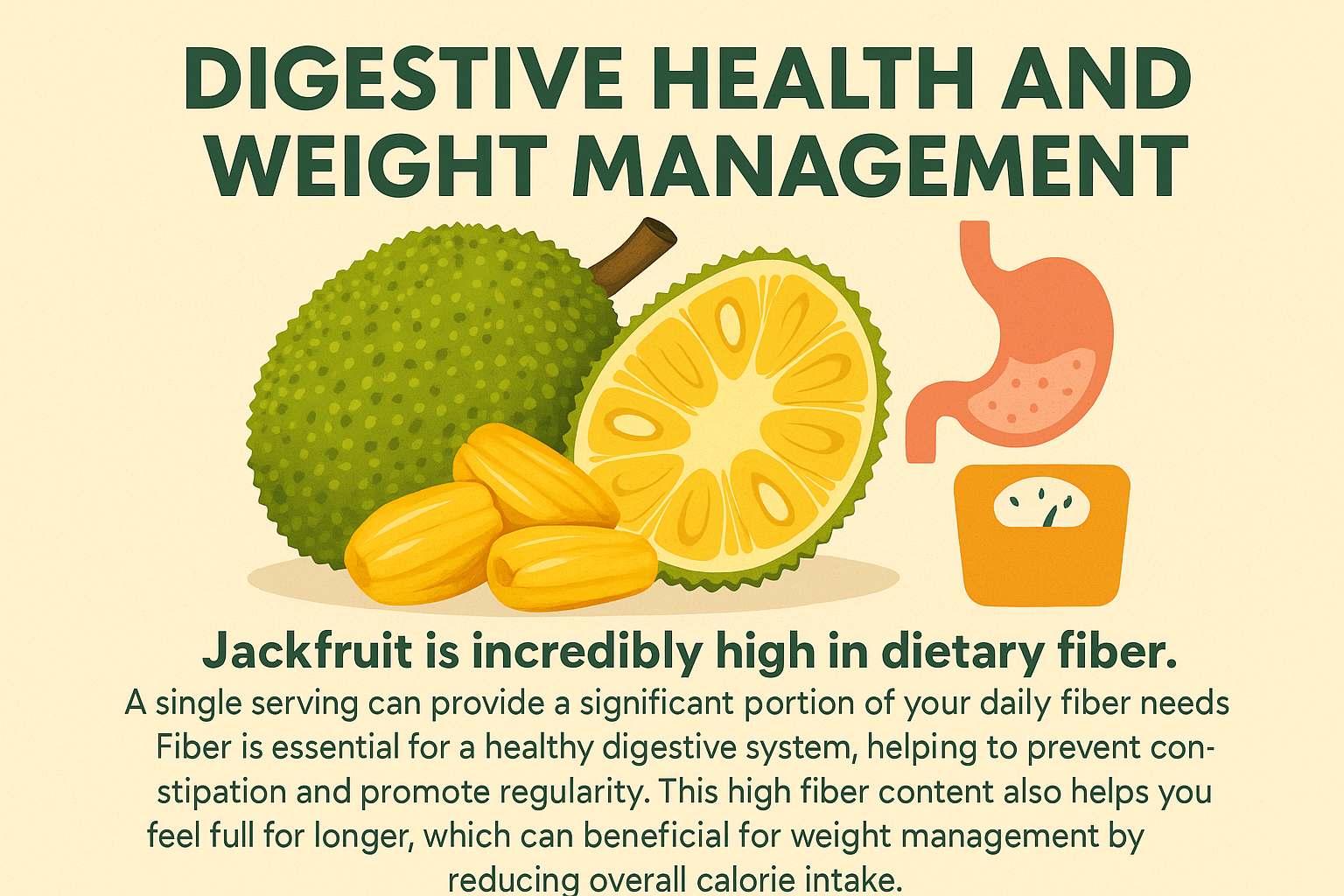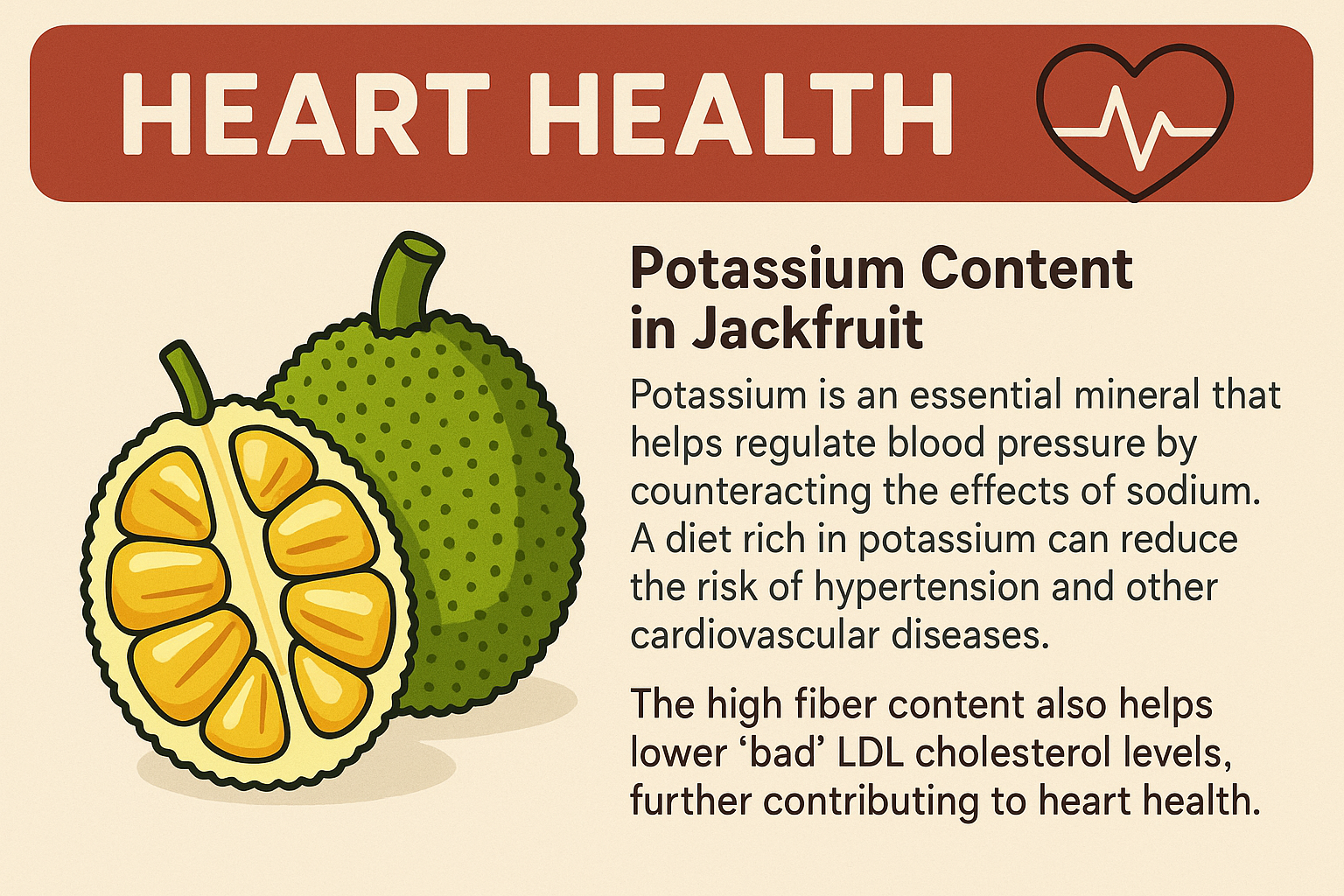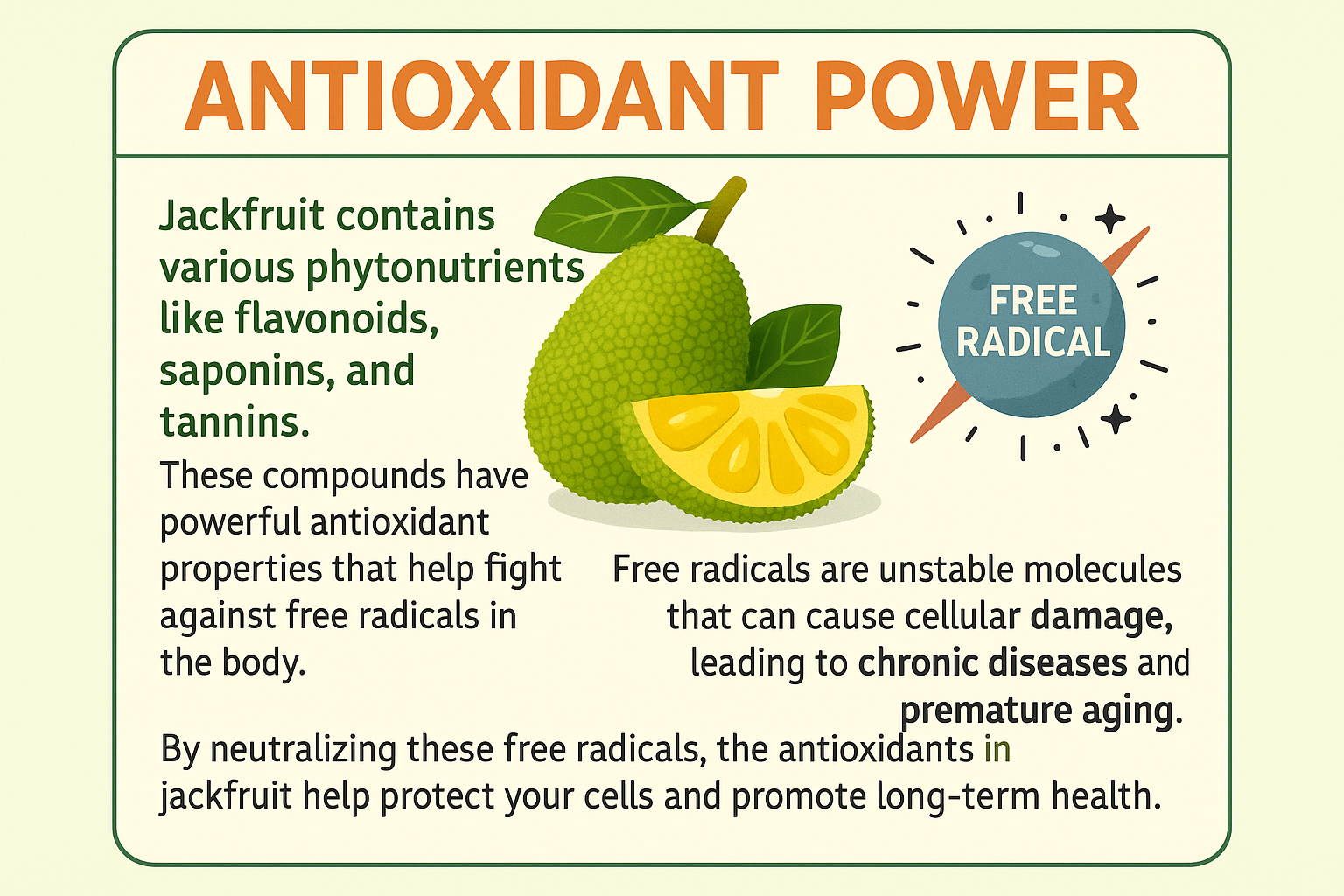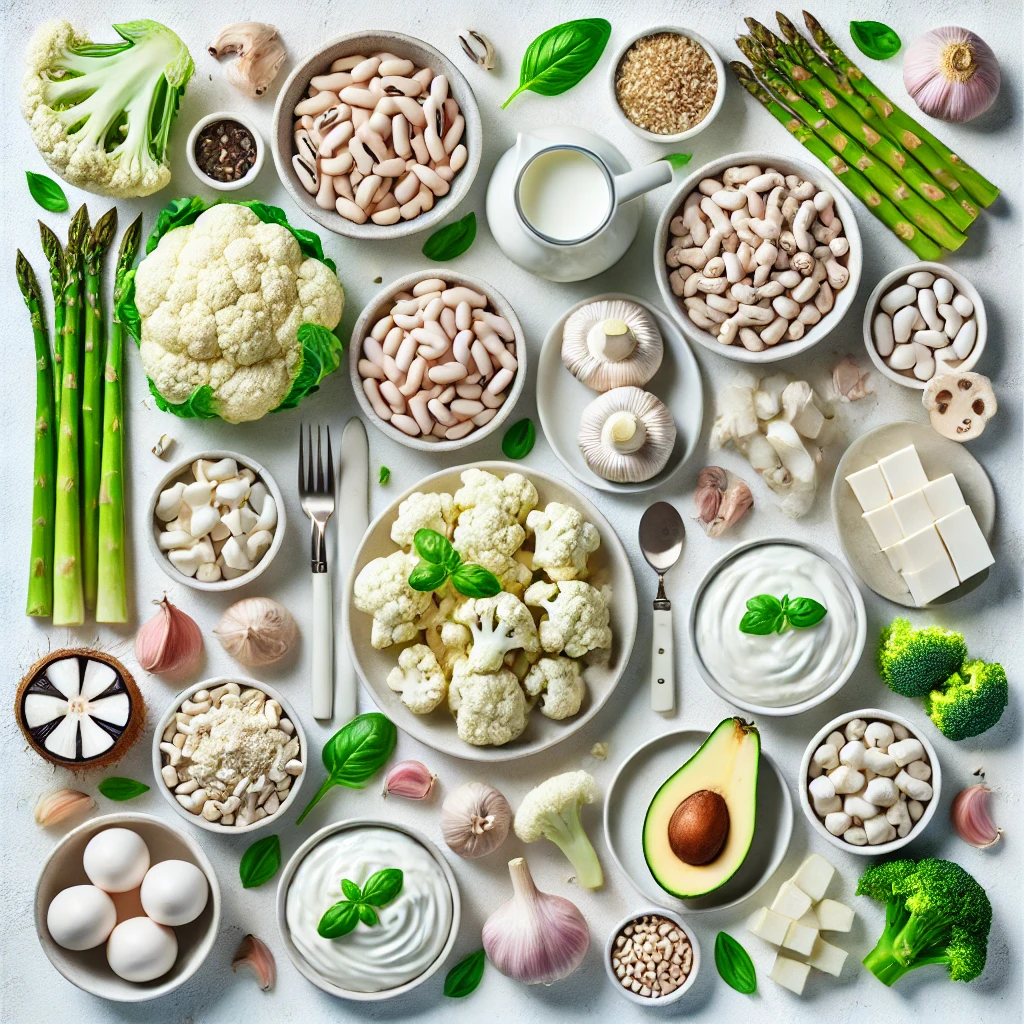Fuel your day and crush your goals with this simple, delicious, and protein-packed muesli recipe. This homemade breakfast is a game-changer for anyone looking for a satisfying meal that supports their active lifestyle. Ditch the store-bought versions and discover the benefits of this incredible protein muesli.
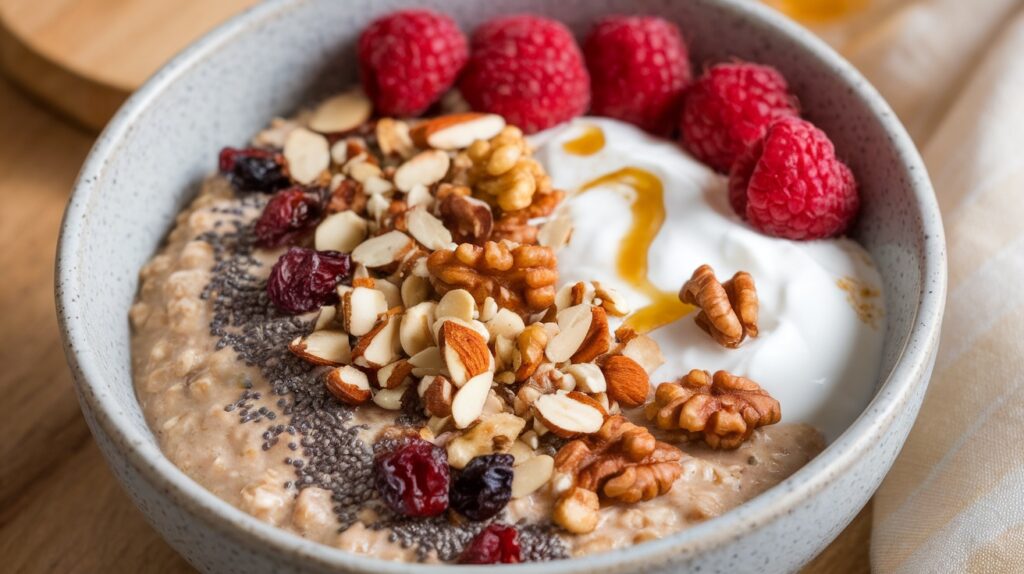
The Best Way to Start Your Day
Breakfast is often called the most important meal, and for good reason. It sets the tone for your energy levels, focus, and overall well-being for the day ahead. But in our fast-paced lives, it’s easy to fall into a routine of quick, often unhealthy, breakfast options. Cereal is a common choice, but many store-bought varieties are loaded with sugar and refined carbs, leaving you with a sugar crash soon after. This is where a homemade meal truly shines, and this protein muesli recipe is the perfect solution.
This isn’t just any muesli; it’s a power-packed breakfast specifically designed to keep you feeling full and energised for hours. The combination of slow-releasing carbohydrates from the oats, healthy fats from nuts and seeds, and high-quality protein makes it a complete meal. Unlike typical store-bought granolas that are often baked with excessive oils and sugars, this recipe is a fresh, raw blend that retains all the natural goodness of its ingredients. It’s a breakfast that not only tastes incredible but also supports your health and fitness goals.
A Convenient and Healthy Protein Muesli for Your Busy Life
What sets this recipe apart is its incredible versatility and ease of preparation. You can make a large batch in minutes and store it in an airtight container for a week of hassle-free breakfasts. No more skipping meals or grabbing something that leaves you hungry an hour later. This muesli is ready when you are, making it a perfect fit for even the busiest of mornings. Simply scoop, add milk or yogurt, and top with your favourite fresh fruit.
The hero of this recipe is the strategic blend of ingredients that work together to deliver maximum nutrition. The base of rolled oats provides complex carbohydrates for sustained energy, while the mix of nuts, such as almonds and walnuts, contributes healthy fats and essential minerals. Adding a protein powder of your choice elevates the protein content, making it an ideal post-workout meal. The chia seeds and dried cranberries add a burst of flavour and texture, along with a powerful dose of fibre and antioxidants.
This recipe is also incredibly easy to customise. Whether you want to add a different type of nut, switch out the fruit, or try a new flavour of protein powder, you can tailor it to your personal taste and dietary needs. So, get ready to transform your morning routine with a breakfast that’s delicious, nutritious, and incredibly simple to make. Let’s dive into the recipe and start your day the right way.
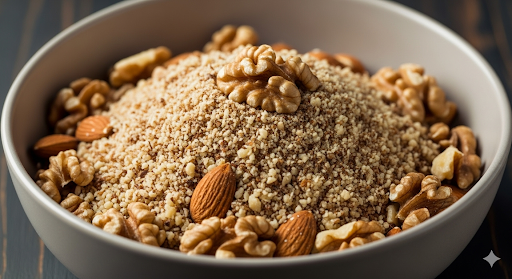
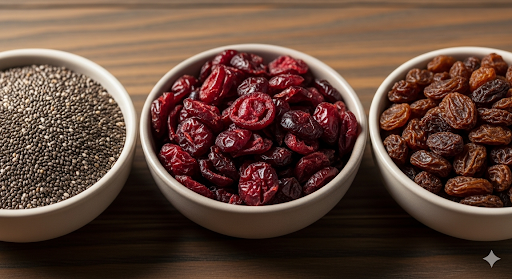
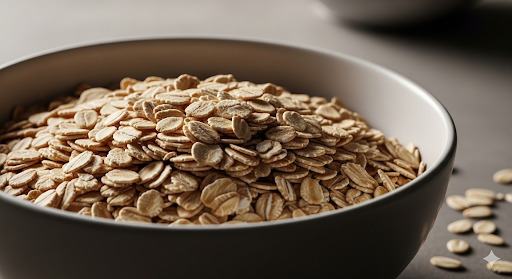
Getting Started: Time, Servings, and Equipment
This recipe is perfect for meal prep and can be stored for later use.
- Servings: 8
- Time to Prepare: 10 minutes
- Time to Cook/Blend: 0 minutes
Nutritional Information
(Per serving, approximate)
- Calories: 350-400 kcal
- Protein: 20-25g
- Carbohydrates: 40-45g
- Fibre: 8-10g
- Healthy Fats: 15-20g
Equipment for Your Homemade Muesli
- Large mixing bowl
- Measuring cups and spoons
- Airtight storage container
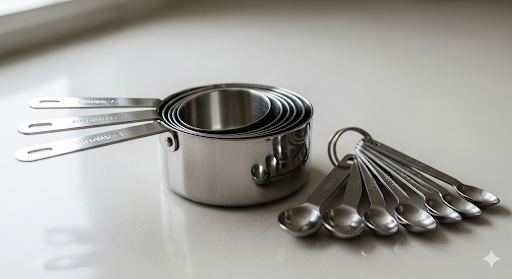


Ingredients for a Perfect Protein Muesli
This simple ingredient list is designed to deliver maximum flavour and nutrition. Feel free to use your favourite brands and varieties.
- 2 cups old-fashioned rolled oats (not instant)
- 1/2 cup whey or plant-based vanilla protein powder
- 1/2 cup chopped almonds
- 1/4 cup chopped walnuts
- 1/4 cup chia seeds
- 1/4 cup dried cranberries
- 1/4 cup dried raisins
- 1/2 teaspoon cinnamon (optional, for flavour)
Simple Instructions: Making Your Protein-Packed Muesli
Follow these steps to create your delicious and healthy breakfast mix.
Prepare Your Bowl
Grab a large mixing bowl. This will give you plenty of space to combine all your ingredients without making a mess.
Add the Dry Ingredients
Pour the 2 cups of rolled oats into the bowl. Make sure you’re using old-fashioned rolled oats, as they hold their texture better and provide a heartier base than instant oats.
Mix in the Protein
Add the 1/2 cup of vanilla protein powder. Whisk it with the oats using a spoon or a whisk to make sure the protein powder is evenly distributed. This step is crucial to avoid clumps later on.
Incorporate the Nuts
Add the 1/2 cup of chopped almonds and 1/4 cup of chopped walnuts to the mixture. Gently stir everything together. The nuts add a wonderful crunch and a dose of healthy fats.
Stir in the Seeds and Fruit
Next, add the 1/4 cup of chia seeds and the 1/4 cup of both dried cranberries and raisins. The chia seeds will add a lovely texture and boost the fibre content, while the dried fruit provides natural sweetness. Stir until everything is well combined.
Add Optional Spices
If you like, sprinkle in a 1/2 teaspoon of cinnamon. This adds a warm, spicy note that complements the other ingredients beautifully. Give it one final, thorough stir.
Store It
Transfer your finished muesli mix into an airtight container. A large jar or a food-grade container with a tight-fitting lid works best.
Serve and Enjoy
To serve, take a generous scoop (about 1/2 cup) of your homemade muesli and place it in a bowl. Pour your favourite milk (dairy or non-dairy) or a dollop of Greek yogurt over it. Top with fresh berries like raspberries or strawberries, and a drizzle of honey or maple syrup if desired.
Benefits of Our Homemade Protein Muesli
Making your own muesli isn’t just about saving money; it’s about taking control of your health.
- Sustained Energy: The combination of complex carbohydrates from oats and protein keeps you full and prevents energy crashes. This provides a steady supply of energy that lasts all morning.
- Muscle Support: Protein is essential for muscle repair and growth, making this an ideal post-workout breakfast. The added protein powder helps you meet your daily protein needs effortlessly.
- Digestive Health: Both oats and chia seeds are excellent sources of fibre, which promotes healthy digestion and regularity.
- Heart Health: The healthy fats from almonds and walnuts contribute to better heart health by helping to lower bad cholesterol levels.
- Customisable and Clean: By making it yourself, you avoid the added sugars, preservatives, and unhealthy fats often found in commercial muesli and granola products.

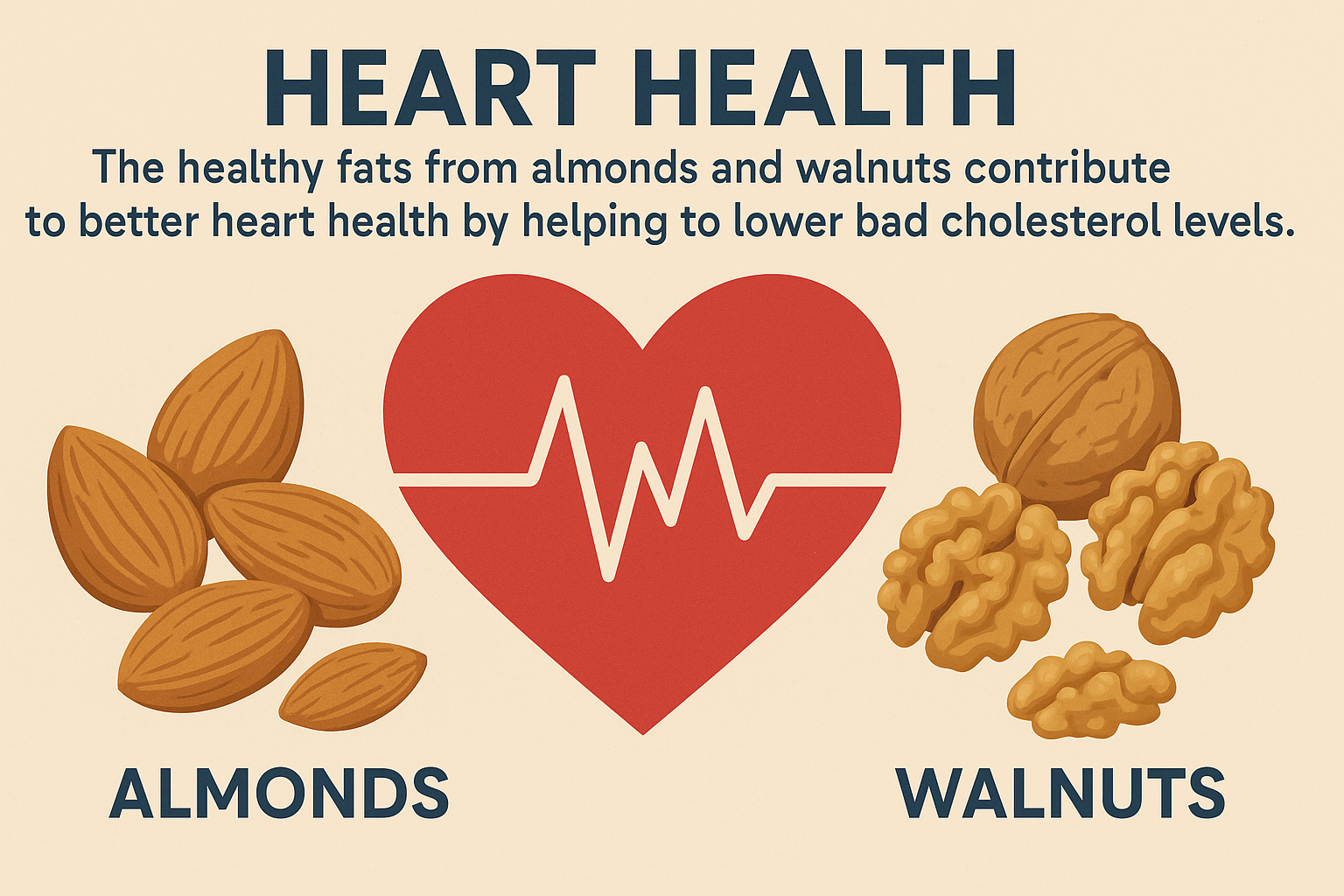
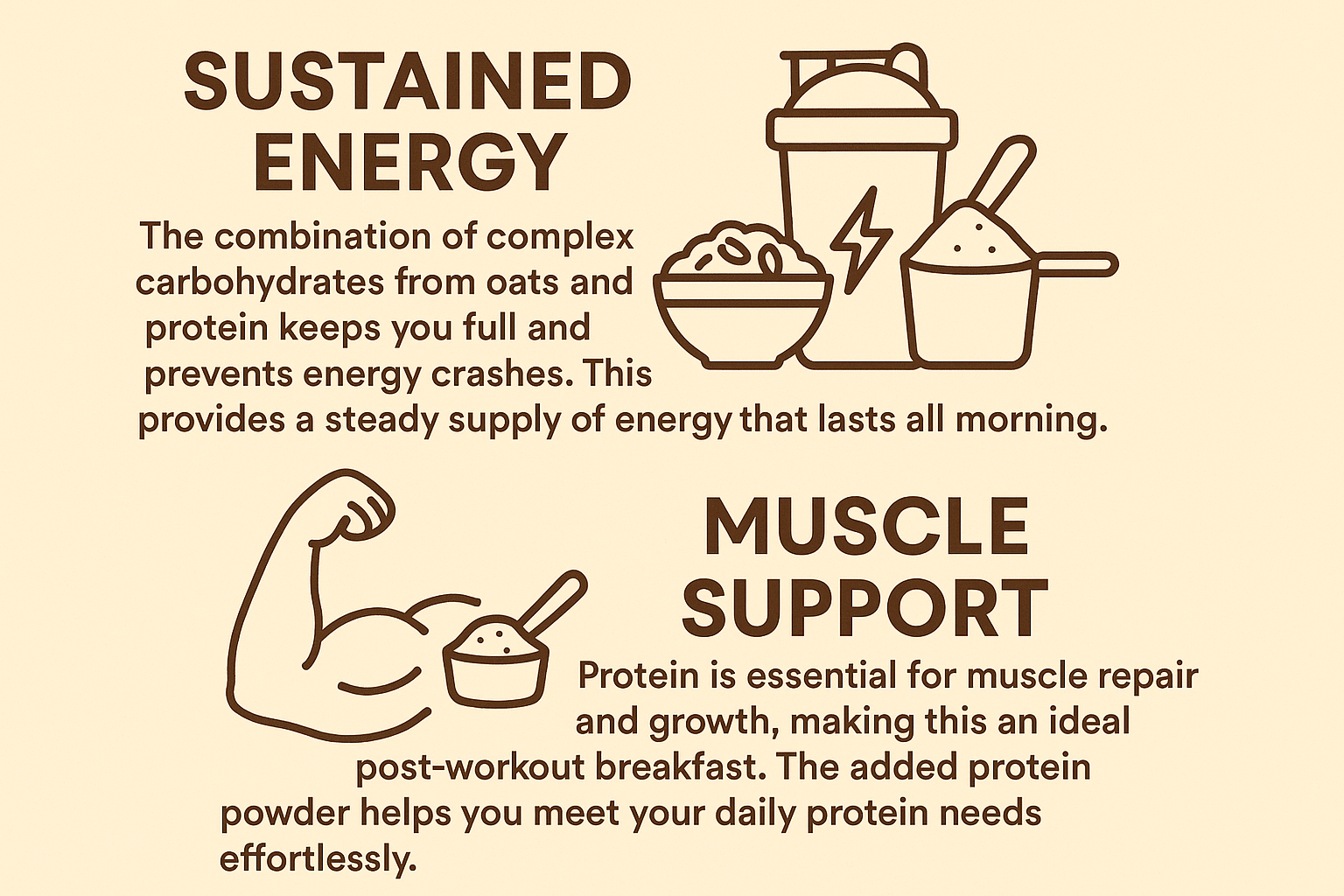
Protein Muesli Variations
This recipe is a great starting point, but you can easily adapt it to suit your taste or dietary needs.
| Ingredient | Alternative |
| Oats | Use gluten-free rolled oats for a GF option. |
| Protein | Use an unflavoured protein powder and add a bit of cocoa powder for a chocolatey twist. |
| Nuts | Swap almonds and walnuts for pecans, cashews, or pumpkin seeds for different flavours and textures. |
| Fruit | Try dried apricots, cherries, or goji berries. Add fresh fruit like banana slices or grated apple just before serving. |
| Add-ins | For extra flavour and texture, add coconut flakes, cocoa nibs, or a pinch of ground ginger. |
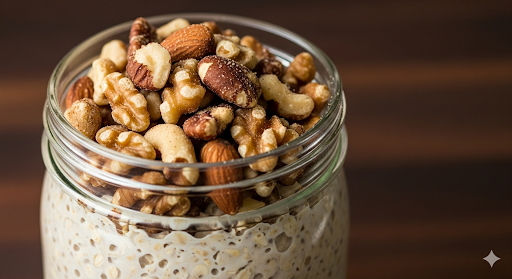
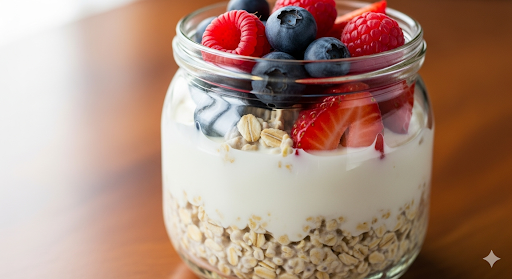
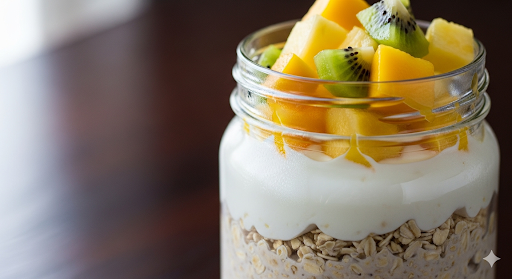
Alternative Methods: Overnight Oats
While this recipe is designed to be a dry mix, you can easily turn it into a delicious and even quicker breakfast with a little overnight preparation.
Overnight Protein Muesli
- Combine Ingredients: In a jar or container, mix ½ cup of the dry muesli mix with ½ cup of your preferred milk (or yogurt).
- Add Flavour: Add a drizzle of honey or maple syrup for sweetness, if desired.
- Chill: Seal the container and refrigerate overnight. The oats and chia seeds will absorb the liquid, creating a thick, creamy consistency.
- Serve: In the morning, top with fresh fruit, a dollop of yogurt, and extra nuts for a satisfying, grab-and-go meal.
Final Thoughts
This easy homemade protein muesli is more than just a recipe; it’s an investment in your health and well-being. By taking a few minutes to prepare a batch, you’re setting yourself up for a week of nutritious, satisfying, and delicious breakfasts that will keep you on track with your goals. So, toss aside the sugary cereals and embrace a breakfast that truly fuels your body and mind. It’s time to make your mornings effortless and nutritious.
Frequently Asked Questions
How long does homemade protein muesli last?
When stored in an airtight container in a cool, dark place, your homemade protein muesli will stay fresh for up to 2-3 weeks. The key is to keep it away from moisture to prevent the ingredients from going stale.
Can I use different types of oats?
For this recipe, it’s best to stick with old-fashioned rolled oats. Quick or instant oats can become mushy, and steel-cut oats are too hard to be eaten raw without soaking. Rolled oats provide the perfect texture and are the traditional choice for muesli.
References
- Harvard T.H. Chan – The Nutrition Source: Protein
- Mayo Clinic – Dietary Fiber: Essential for a healthy diet
- American Heart Association – The Benefits of Nuts for Heart Health
Recent Posts

